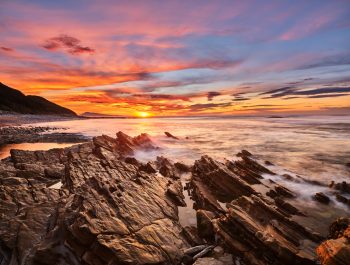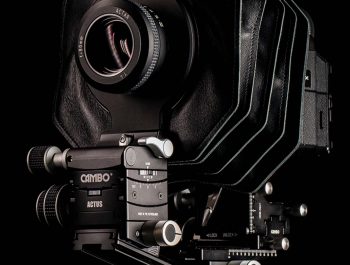Phase One XT 150 Camera System – Overview
The Phase One XT Camera System Explained
With Video
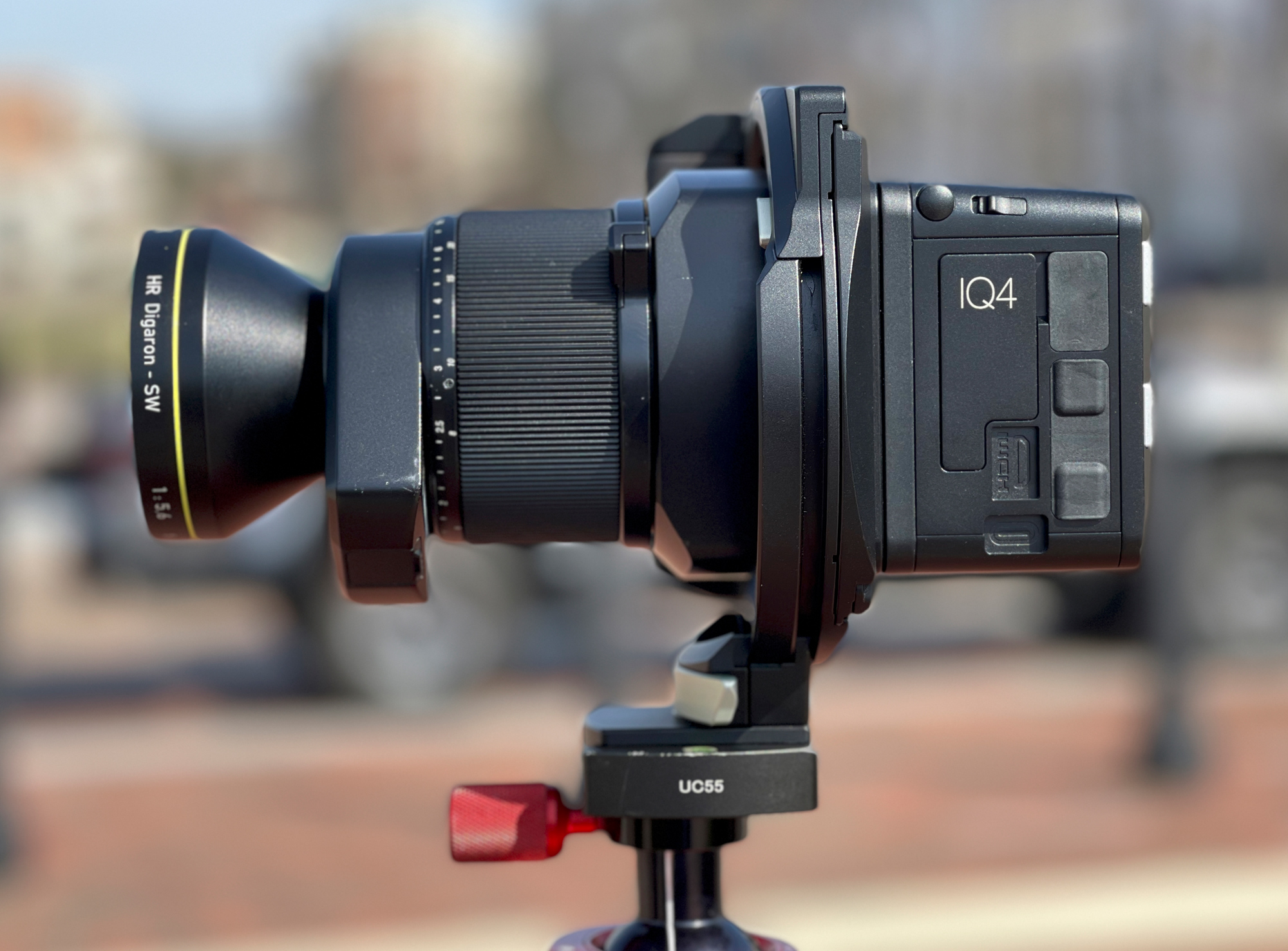
I had the chance to drive a top of the line Tesla, I drove a Ferrari, I spent time on a luxury yacht, and I photographed with the Phase One XT150. These are things I could never afford to own, but these experiences set the bar for the things I can afford to own.
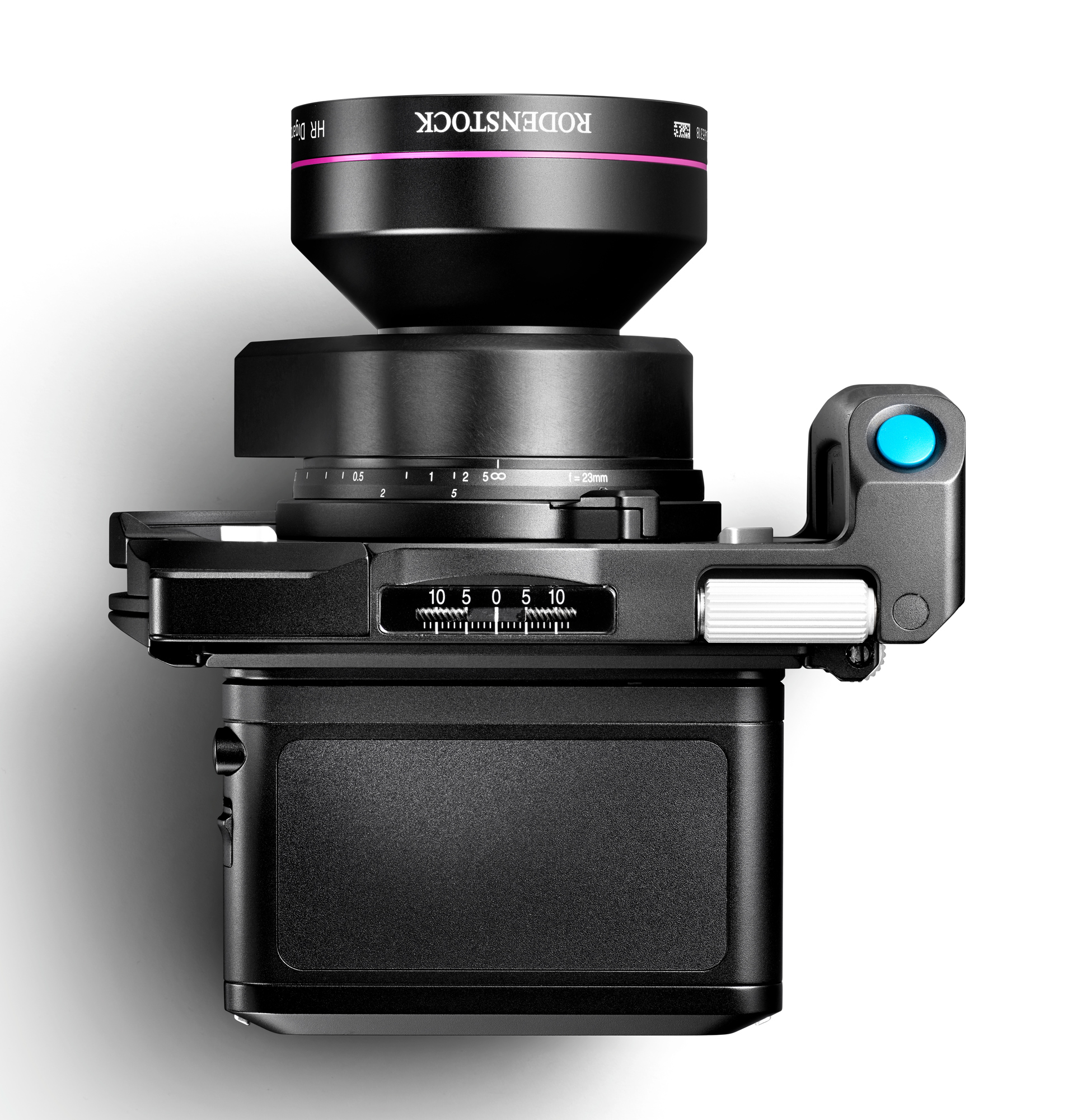
This hands-on article will highlight my experience with the Phase One IQ150. It is fair to say, that it was a great experience, but caused an attitude change in the way I made photographs. It also showed what is possible with cameras of the future as they adopt some of the hot features in this camera. It simply made me slow down and with my hi-energy way of shooting photos, it ended up being good therapy.
A disclaimer: It’s no secret to many of you that I worked for Phase One. I was Vice President at Phase One and spent 13 years there in what were some of the best years of my career. Phase One is a great company to work for with a spirit of pushing the envelope further regarding technology and image quality. Its sister company is doing the same with Capture One, which I consider the finest RAW image processor. It’s been over seven years since I was at Phase One, so while I am a bit biased towards their cameras, I will be fair with what I present here.

Drew Altdoerffer of Phase One let me borrow a complete Phase One IQ system. The value of the system with all the lenses was over $100,000.00 USD. Yes, that’s quite an expensive camera system and obviously not in the price range of the average photo enthusiast. The IQ150 is all about form, function and engineering. The lenses for the camera are the sharpest and finest lenses that money can buy. This all comes together to produce images of quality that many will never experience.
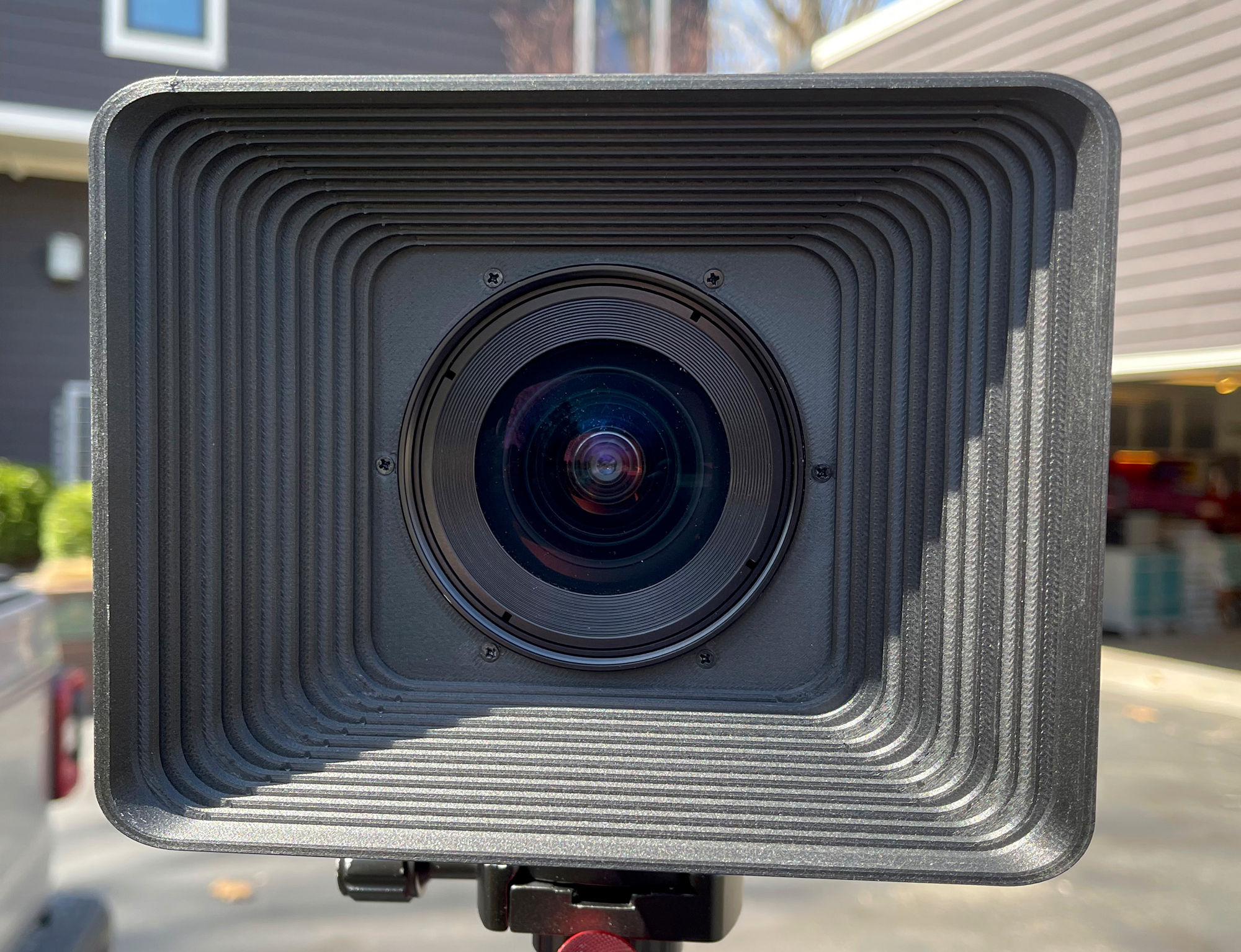
This Article
Throughout this article, as well as at the end of the article, you will find links to other articles I have done with this camera. There are videos at the bottom where I spoke with Drew Altdoerffer and the Chief Technologist from Phase One, Lau Norogard. Conversation With Drew and Lau From Phase One
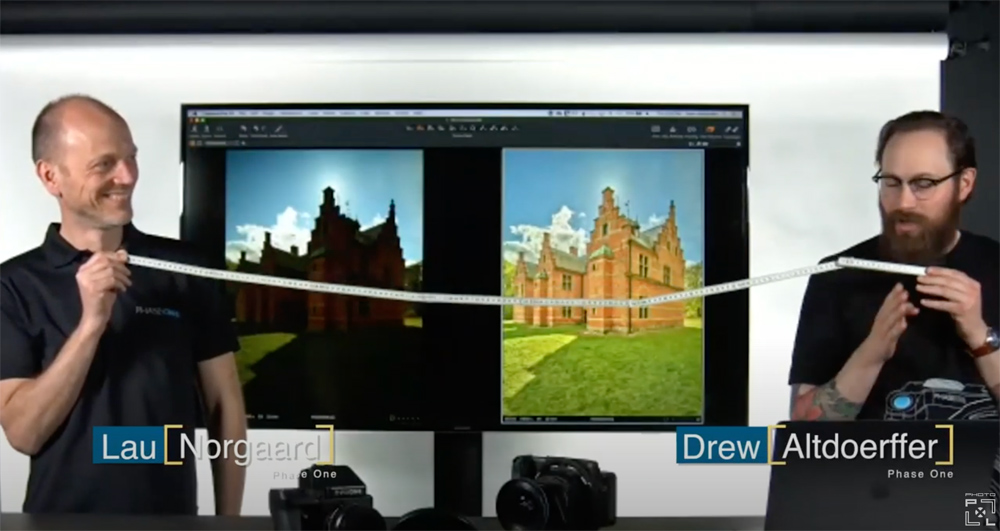
With this article, the links, and the additional videos, you should get a good understanding of what the IQ150 is capable. Take some time and enjoy the videos.
Our Newest Video (20:17)
Please enjoy this video. Michael Durr, our video producer made it. I asked him to get a bit artsy for the introduction, and he out did himself. It kind of looks like a commercial, but I assure you it was Michael being creative with a cool-looking camera. The meat of the video begins at the 2:00 minute mark. Here, I’ll go through the use of the camera in the field. This video covers just about all the features as well as tour of the camera and lenses. Please enjoy.
Who Needs This Camera
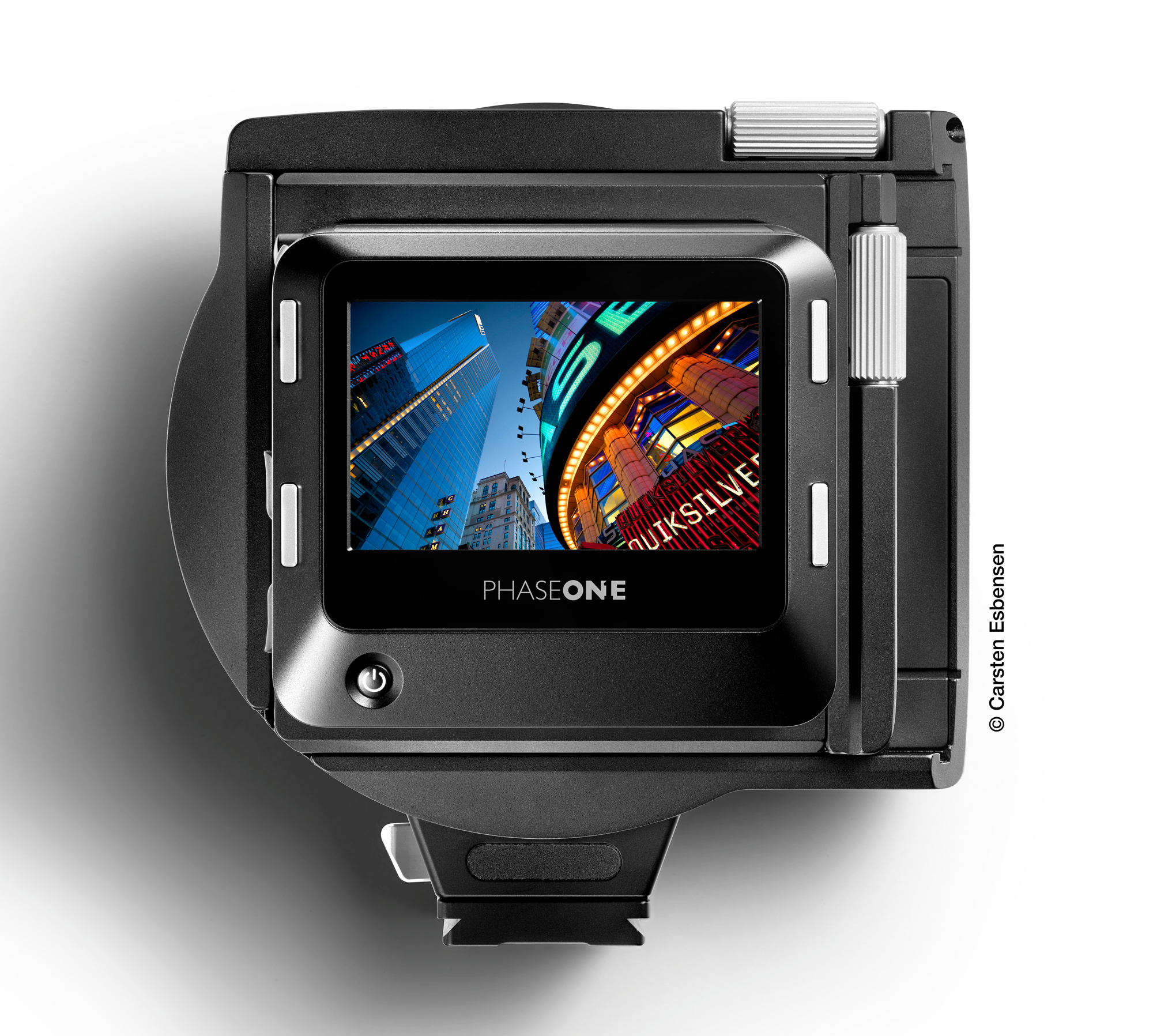
The world of photography has changed in many ways over the last few years. DSLRs are being phased out and mirrorless has finally taken hold of the market. Many cameras offer megapixel ranges around 6o megapixels for a few thousand dollars. These cameras not only have great sensors, but have extremely fast and accurate auto focusing that can lock onto an eye of a subject and tracking it while shooting around 30 frames a second.
The XT150 camera doesn’t have auto focus or auto exposure, and it comes nowhere close to shooting 30 frames a second. It has no viewfinder to compose your images. However, it has amazing image quality and a few cool tricks that can make photography exceptional.
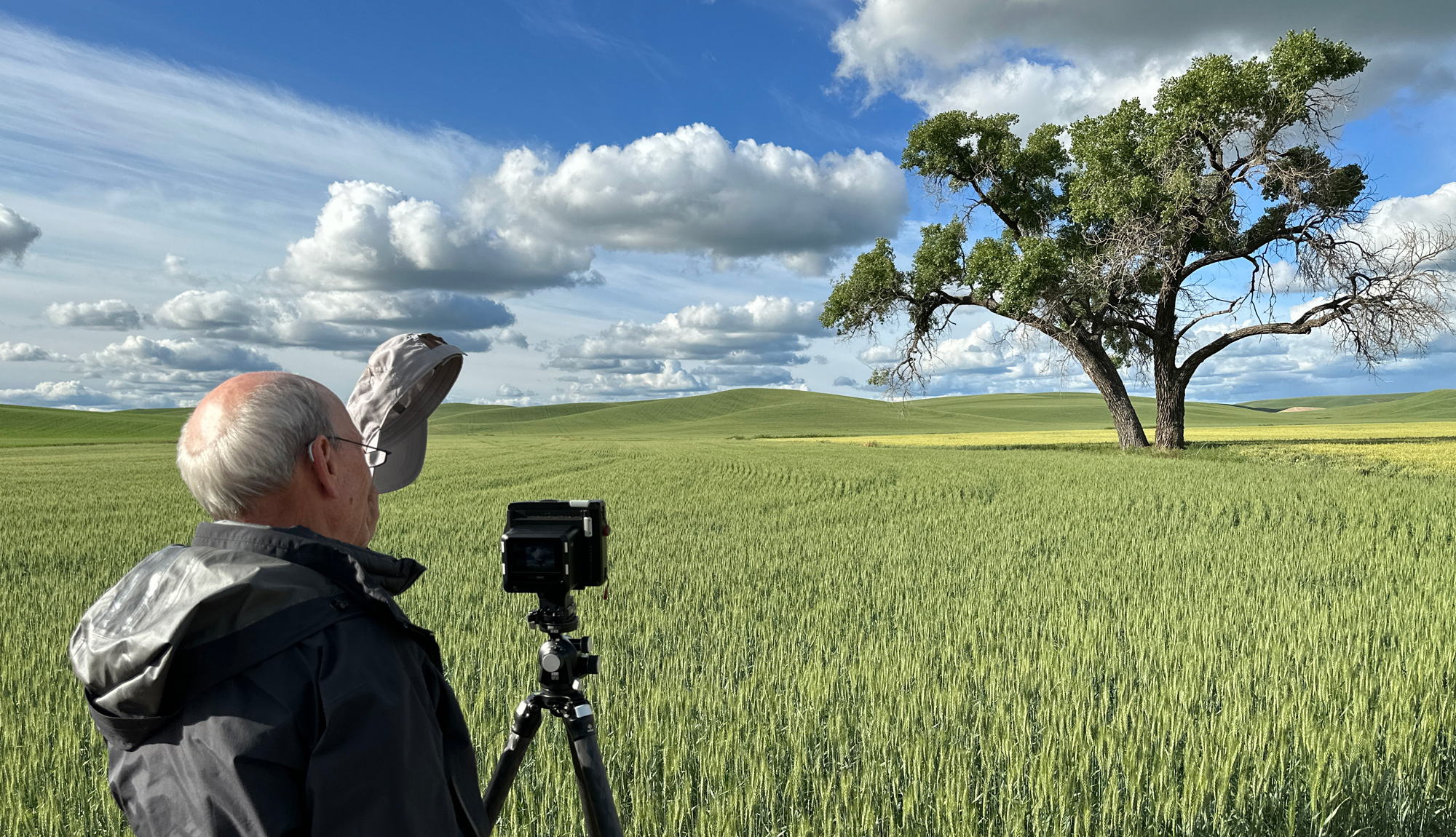
This is a camera meant for the contemplative photographer. It’s a camera where a photographer takes a deliberate amount of time to get the image just right. This is not a camera for “run and gun” photography.
The XT150 caused me slow down during use . It was like catching my breath and saying, “What’s the hurry?” It forced me to see my shot and work to get it perfect. It was actually fun, and it was probably like what many photographers are experiencing by going back to film.
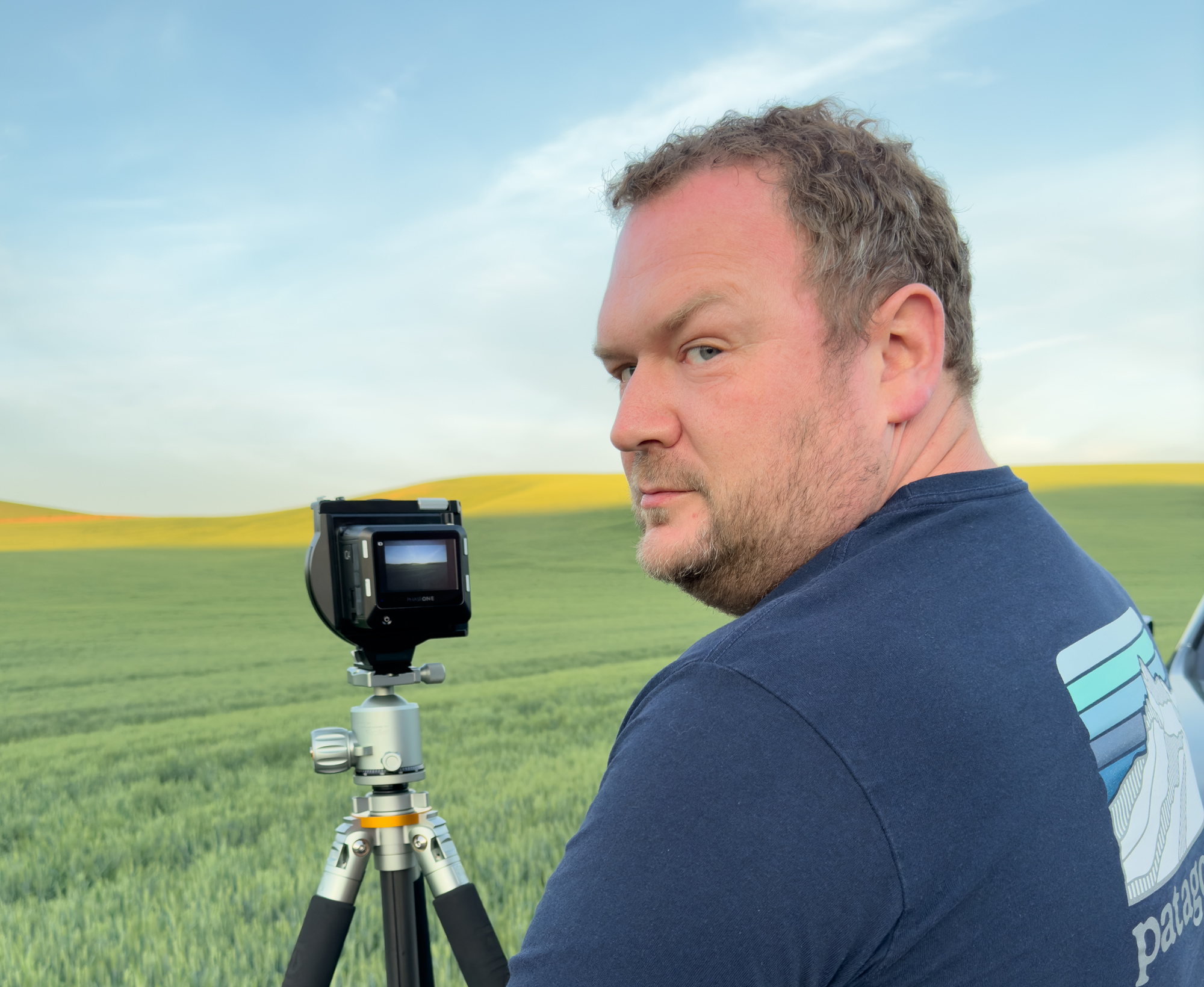
It’s also a camera for a photographer who wants to make an image with the greatest detail and print the image to a large size. You can’t experience what the IQ150 is all about until you make a few 44 x 60 inch prints. the detail that you see on the print actually out-resolves what you can see on your computer monitor.
I saw this firsthand when doing a test for focus. I shot an interior of a concert hall in Carmel, Indiana. When I loaded the RAW file into the computer, I did some pixel peeping and was blown away by the detail of the image. Zooming way in, I looked at the automated spotlights in the ceiling. I could see the knobs on the back of these lights, and black dots which were numbers as well an on and off switches. I couldn’t read them, but clearly they were there. I was pretty happy.
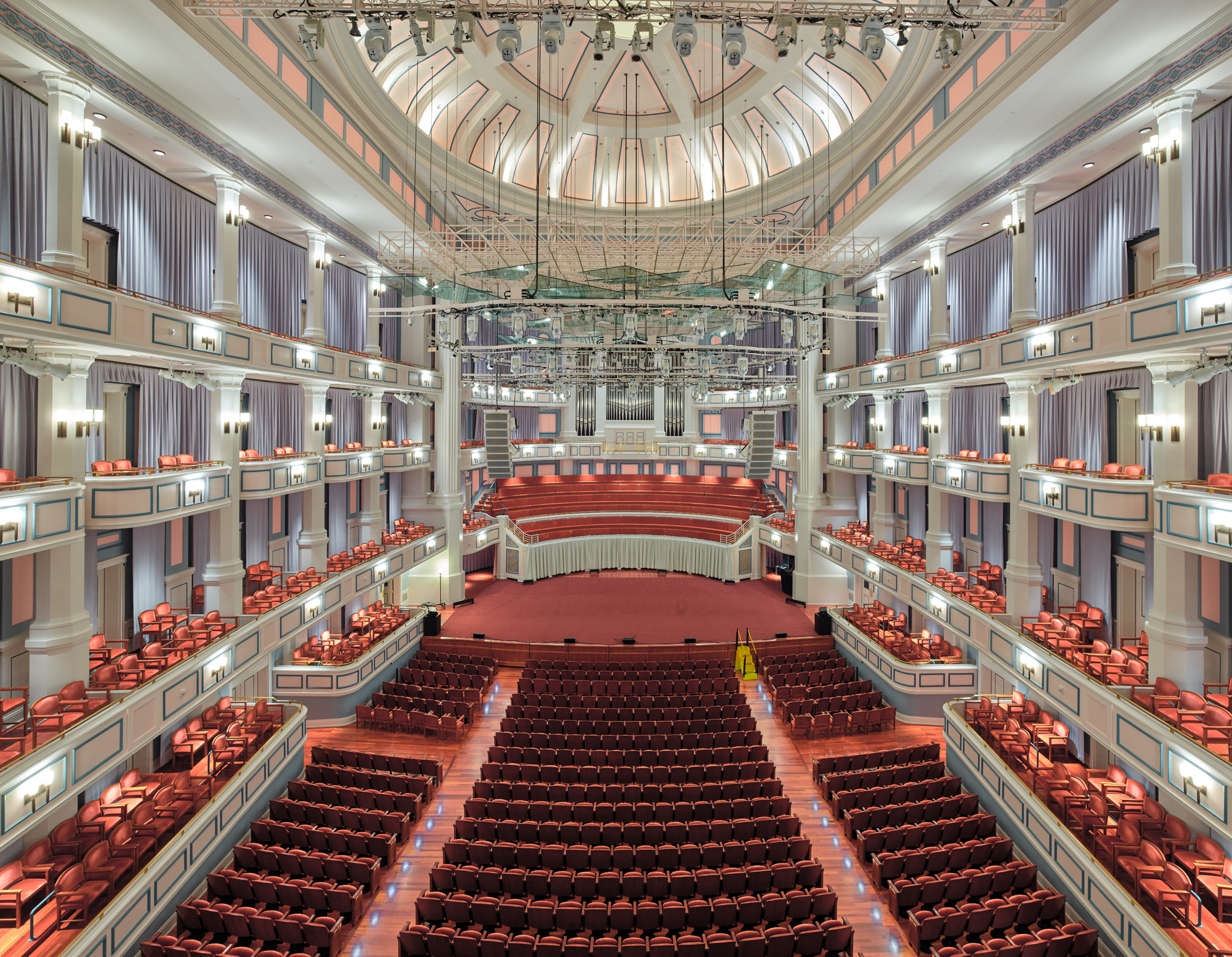
But then the surprise. I made a 40 x 60 inch print on an Epson 9570 using ColorByte’s ImagePrint software. I used 360 dpi as a resolution. When I examined the image, which was incredible, I could using a magnifying glass and actually make out numbers and words on the back of these lights. Truly astounding.
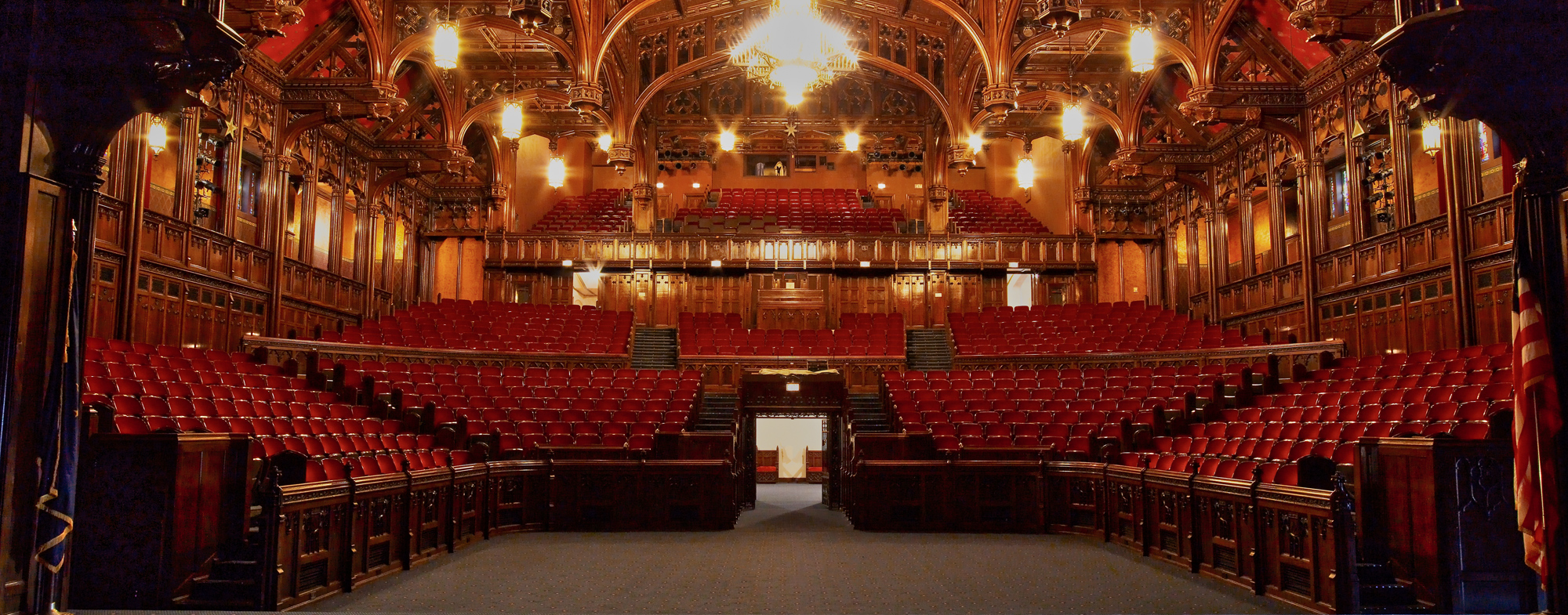
That is why photographers purchase a $50,000+ camera.
The Camera
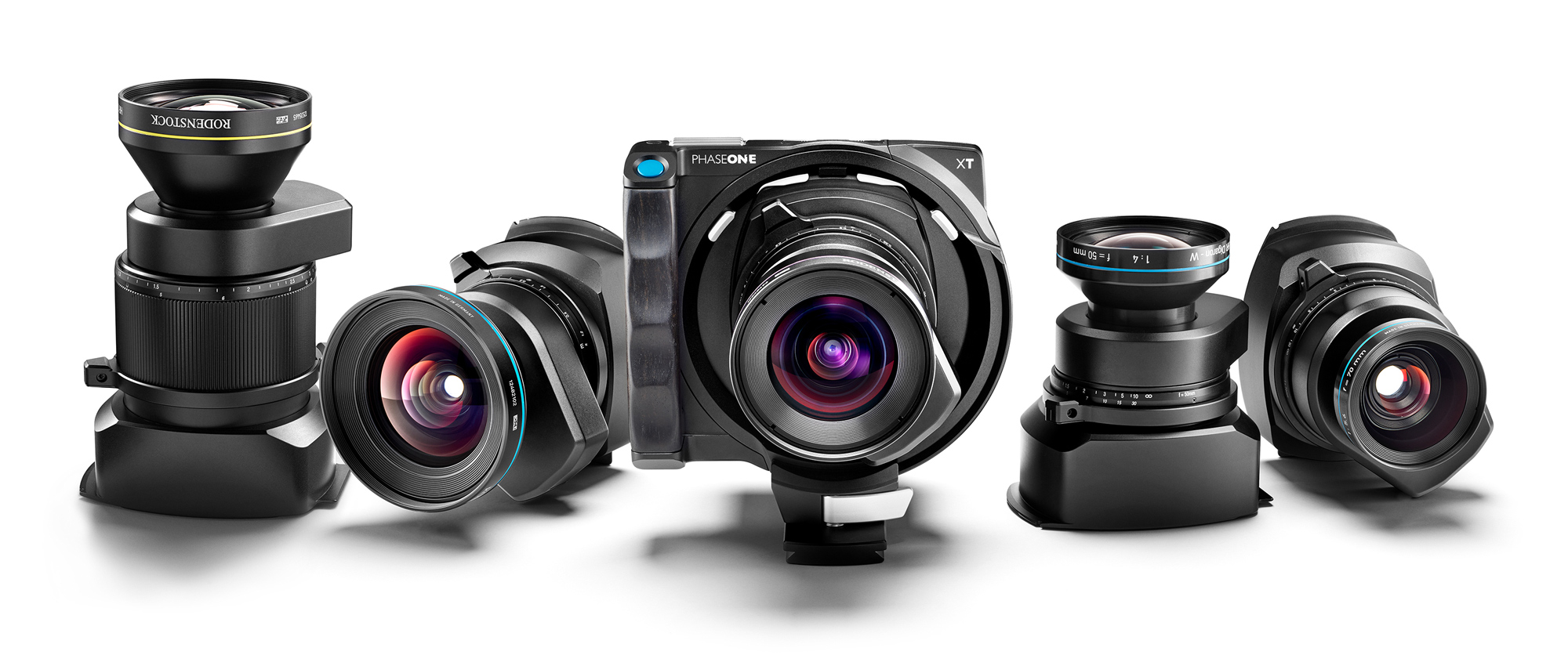
The XT camera system consists of three parts. There is the XT body, which is about an inch thick., and it serves as the mount for the lenses and the digital back. The body is designed to integrate the lens and the digital back through a series of connectors on the front and back.
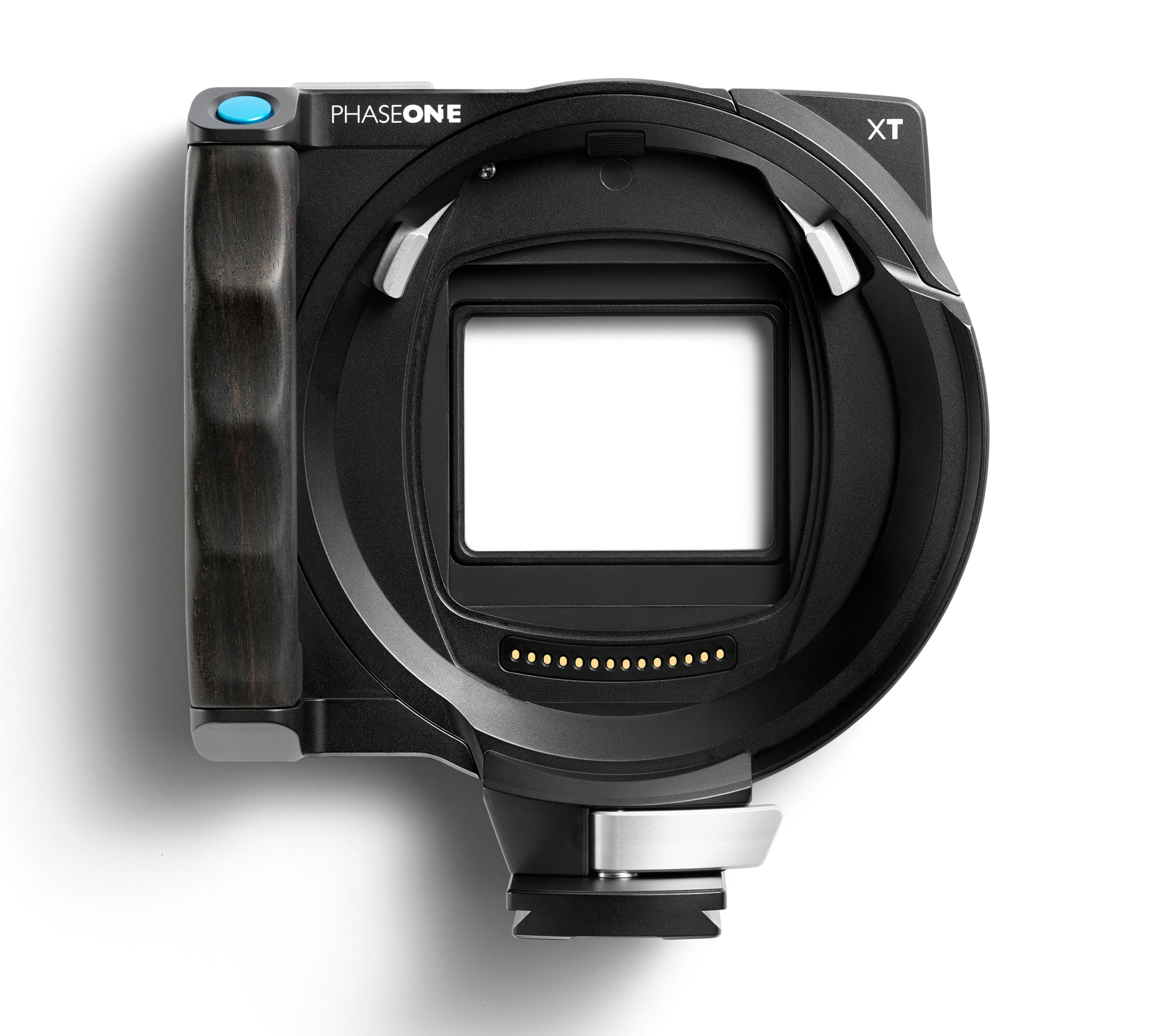
The lens attaches to the front of the camera through a clever locking mechanism (see the video above). You pull up on two levers on the front side of the camera, snap on the lens, and then push down the two locking levers. There is also a safety button, so the lens doesn’t fall off by accident. It’s the details like this that make you appreciate the engineering of this camera.
Phase One offers 6 Rodenstock HR Digaron lenses. Lenses and pricing are shown a bit further down in this article. These are probably the finest lenes you can buy and are incredibly sharp. The shutter integrates into the camera and digital back so there are no shutters to cock and set.
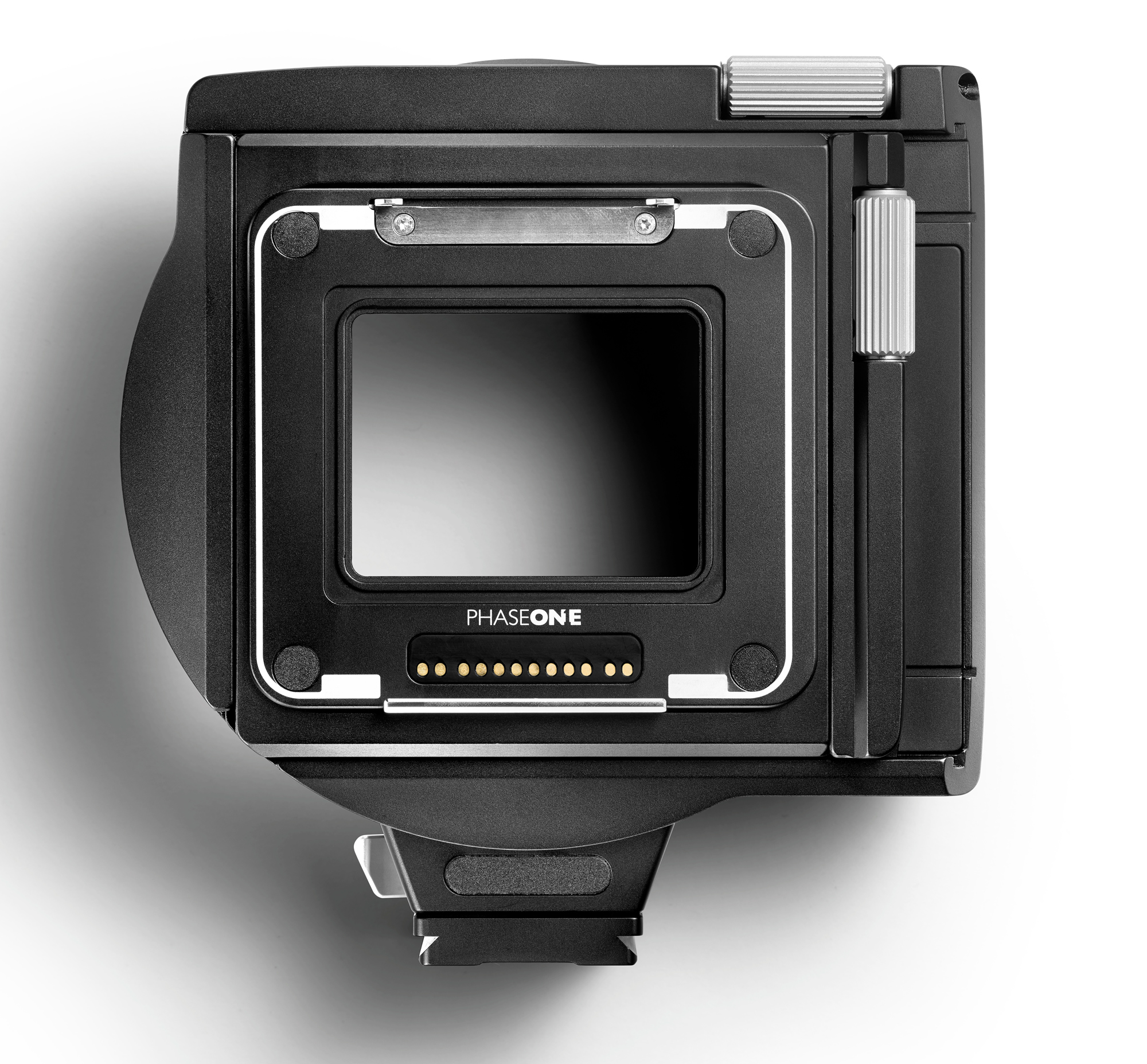
The digital back attached to the rear of the camera body. It, too, snaps on and, like the lens, there is a safety slider to unlock the release button, so you can attach and detach without the back accidentally falling off.
Remember, there is no viewfinder, and the camera is not auto focus. As I mention in the video above, I use an app for my iPhone called Mark II viewfinder This app allows me to select the right lens for the scene. It is also good for scouting if I want to come back to a certain location under different conditions. This is a must have app for every photographer.
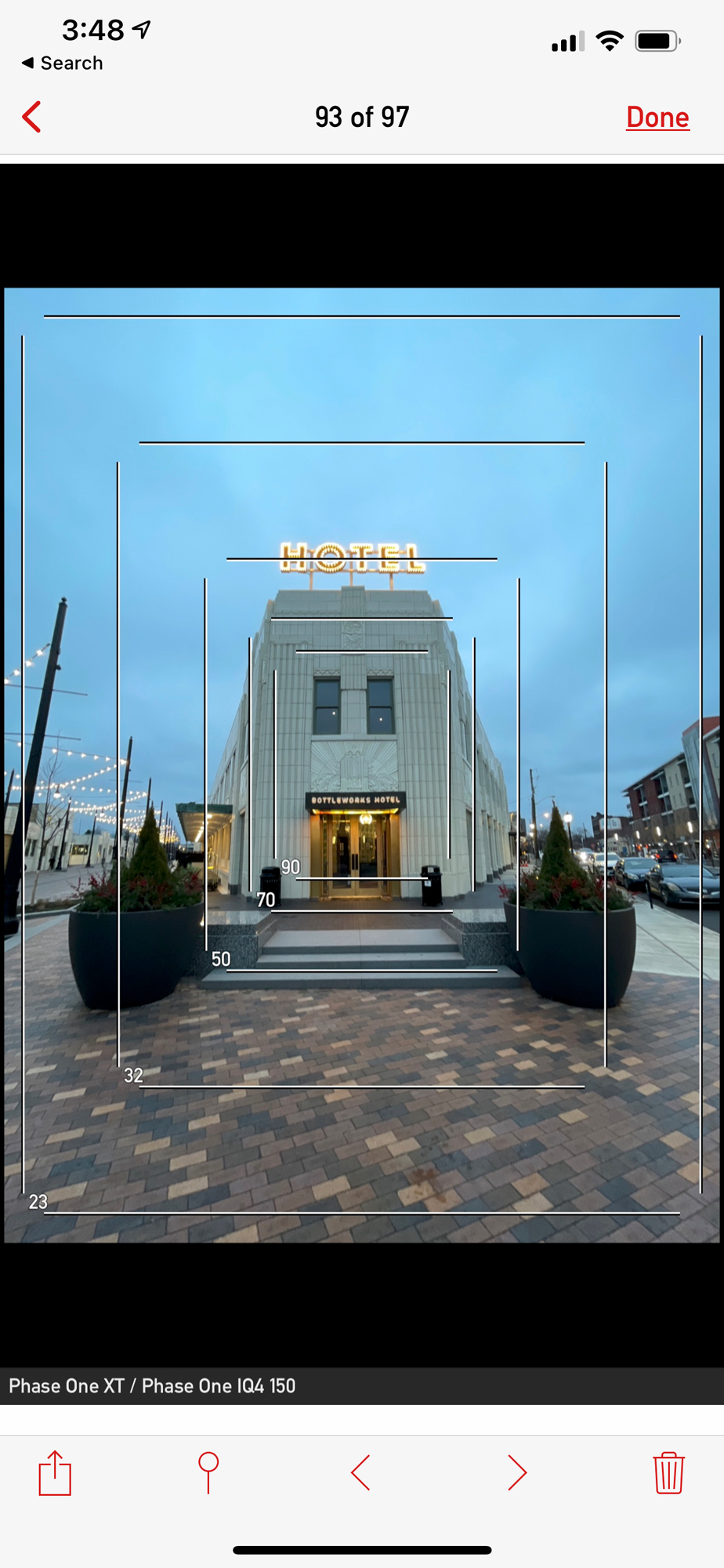
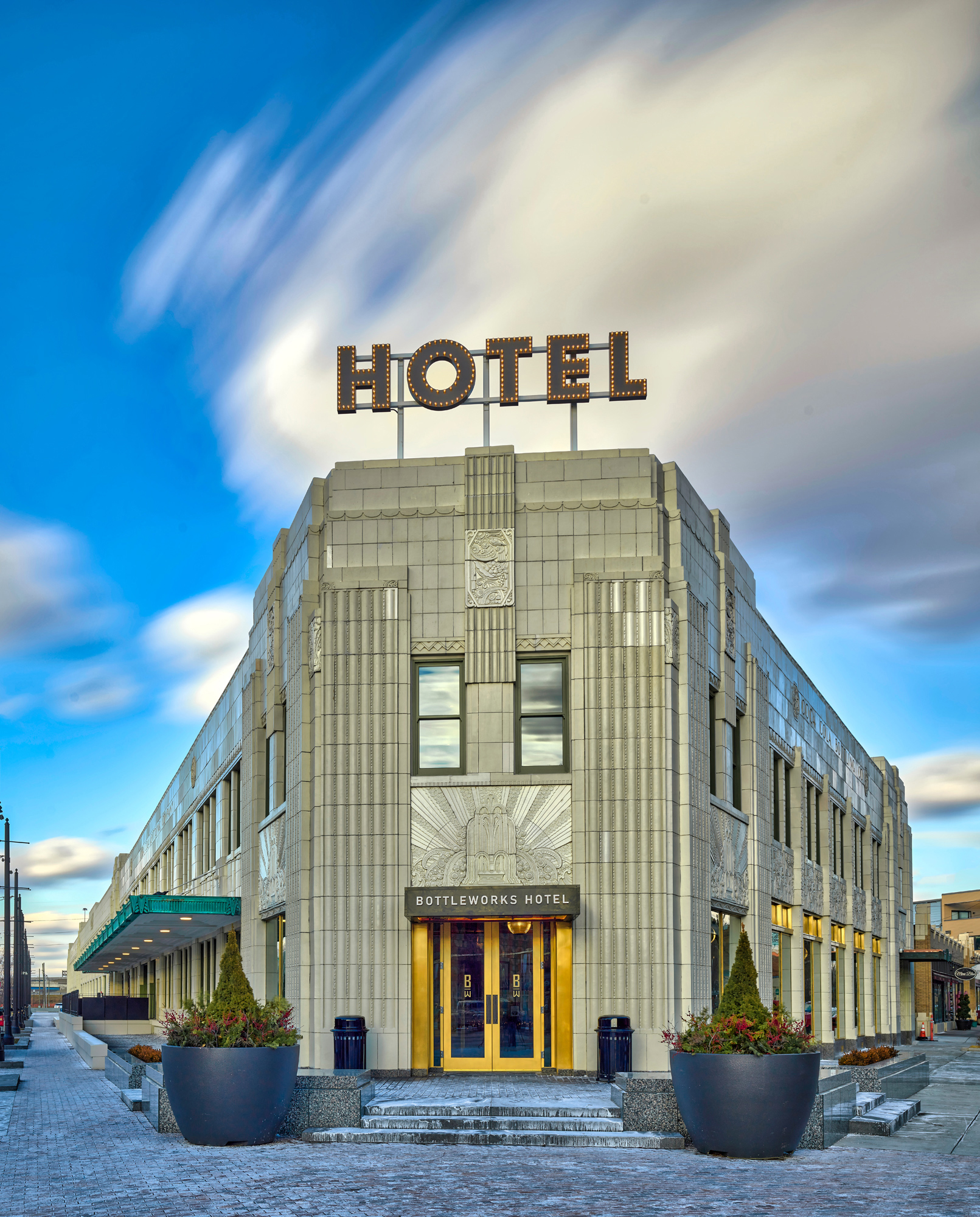
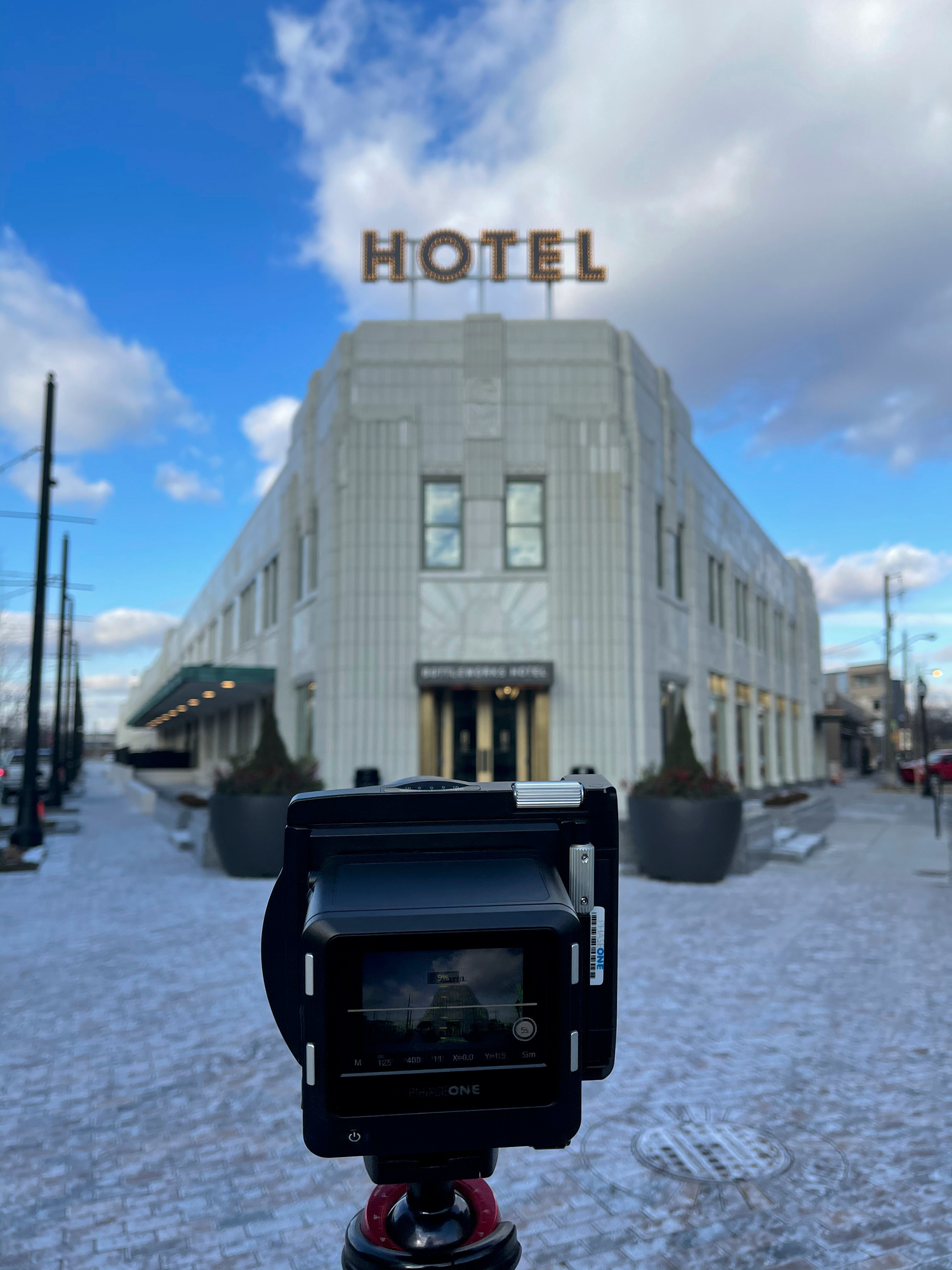
I also have a Leica D2 Disco laser Focus. I use this for precise distance settings that I then used to set the focus on the XT Camera. I confirm this with the focus mask on the digital back. This is another of those devices that will pay for itself, not only when doing photography but also measurements around the house or whenever something needs to be measured.
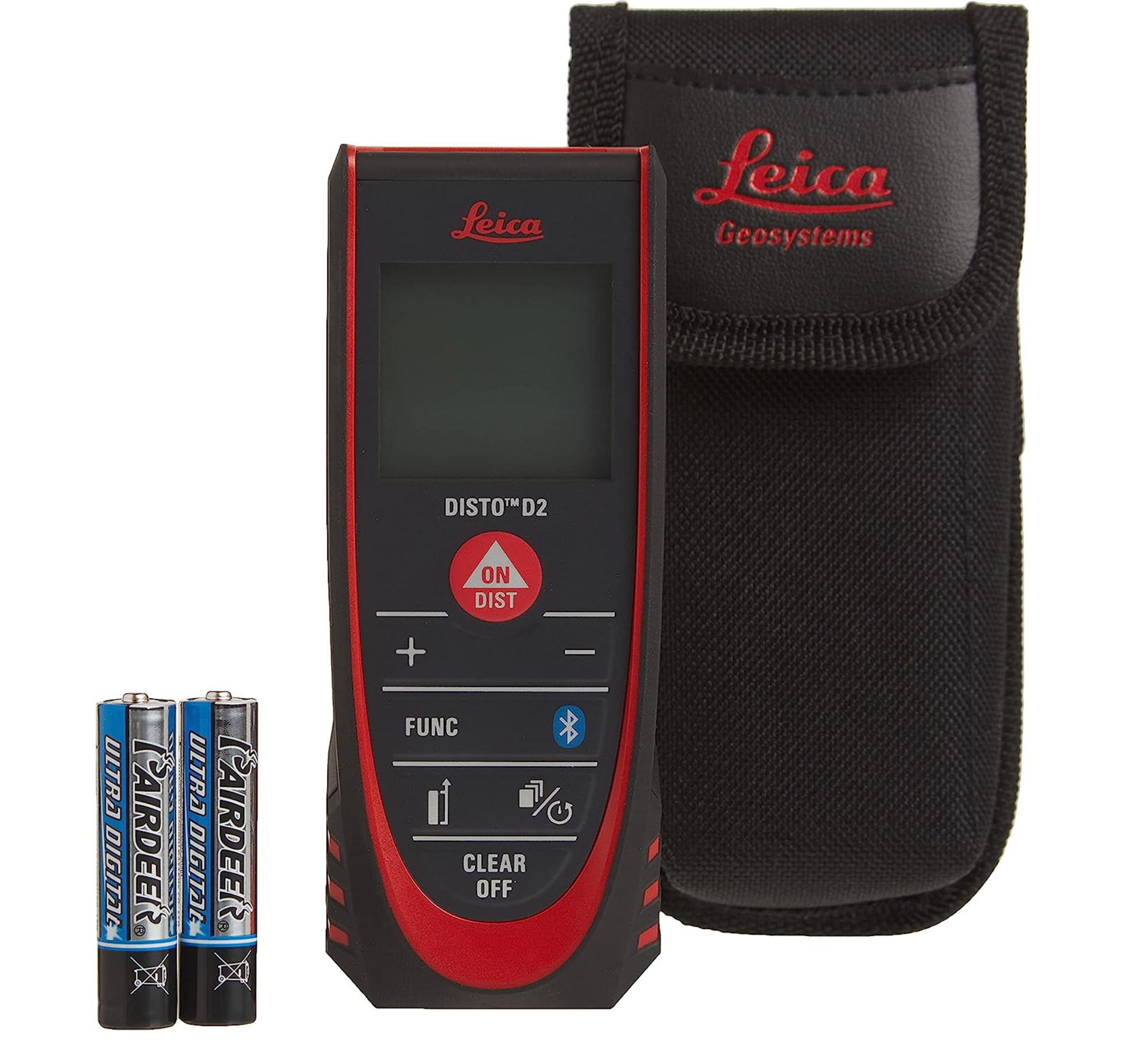
There is no light meter system in the XT camera back. So, you have to judge the exposure for yourself. A good light meter would help, or many experienced photographers can judge what exposure is. You set the f-stop and shutter speed and ISO and take a text exposure. You can then make adjustments using the histogram and highlight and shadow warnings until you get the proper exposure.
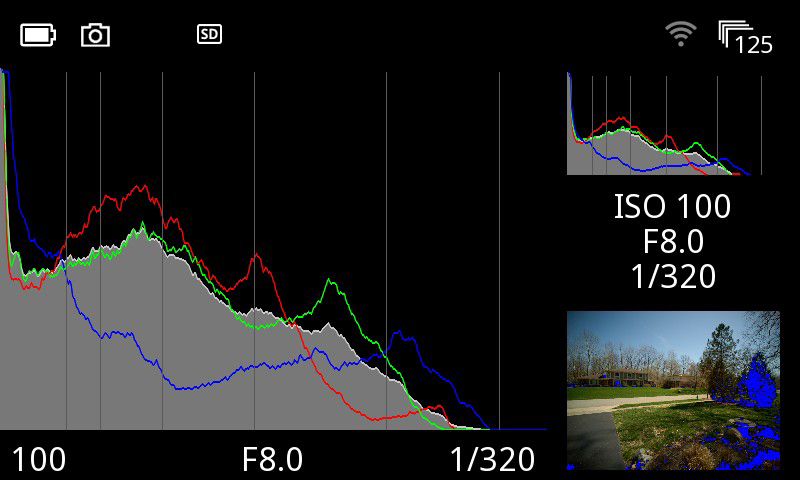
If you can afford the XT System then, most likely you can afford a light meter, which is a good way to get the exposure settings, too. I recommend the Gossen Digisky Meter. It’s small, easy to use, and will help you get the exposure right. This is another one of those tools photographers should have in their kit.
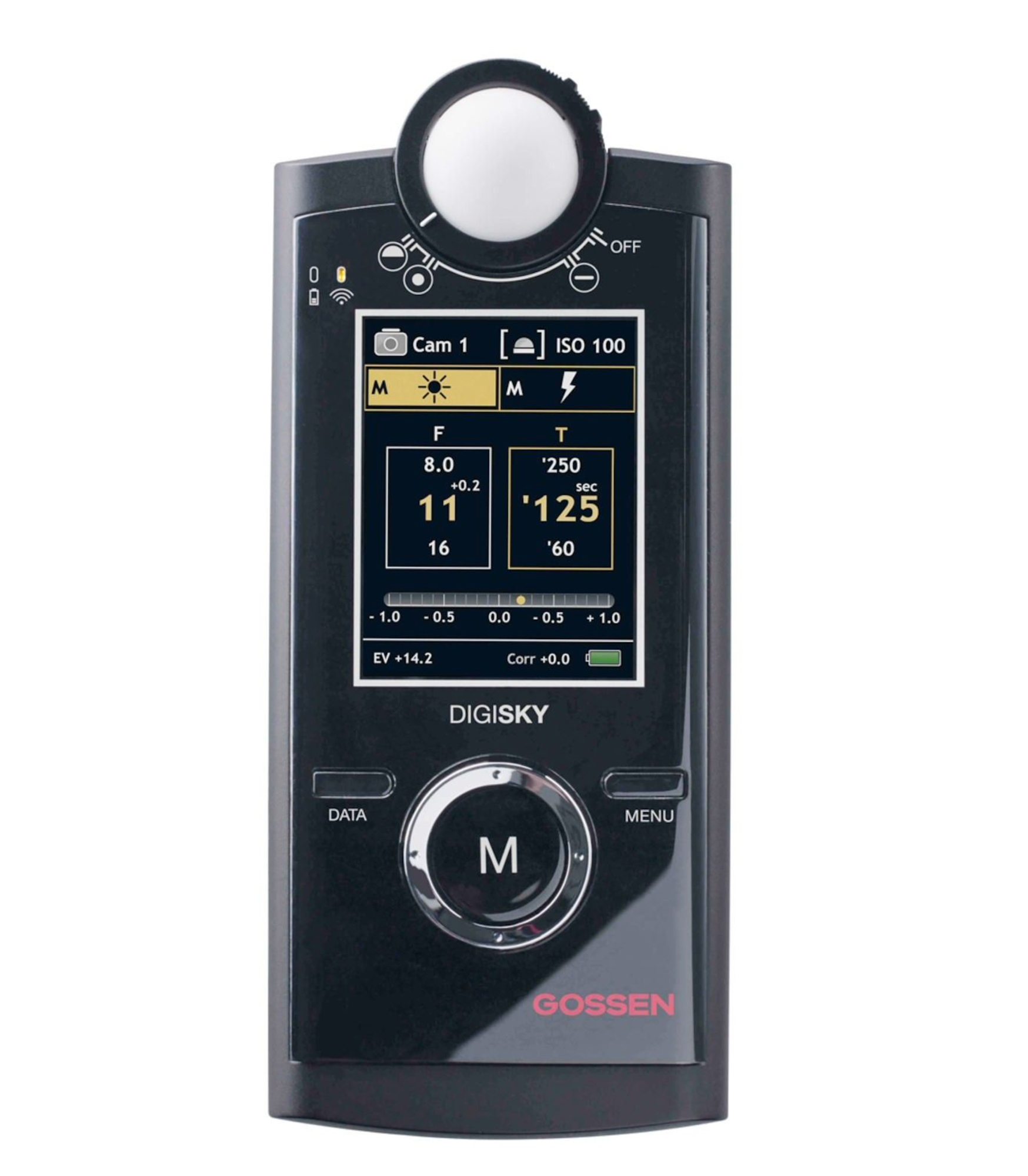
Using The Camera
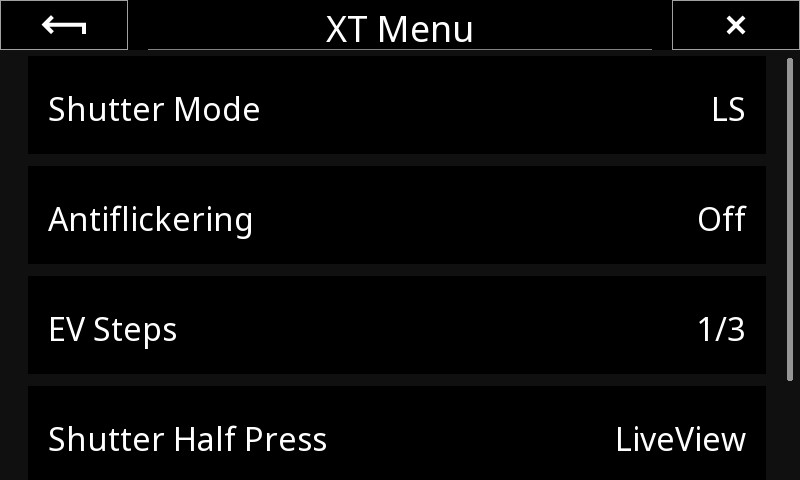
Everything for the XT camera system, except focus, is set using the digital back. The touch screen is one of the nicest as far as layout goes. Everything on the touch screen can also be set with the four side buttons. The whole set-up for this is very intuitive and works brilliantly.
The sensor for the IQ150 back is a 150MP backside illuminated full size chip that offers amazing resolution, color and detail and noise handling, with 16bit RAW files. It’s really quite amazing the files that can be captured with this sensor.
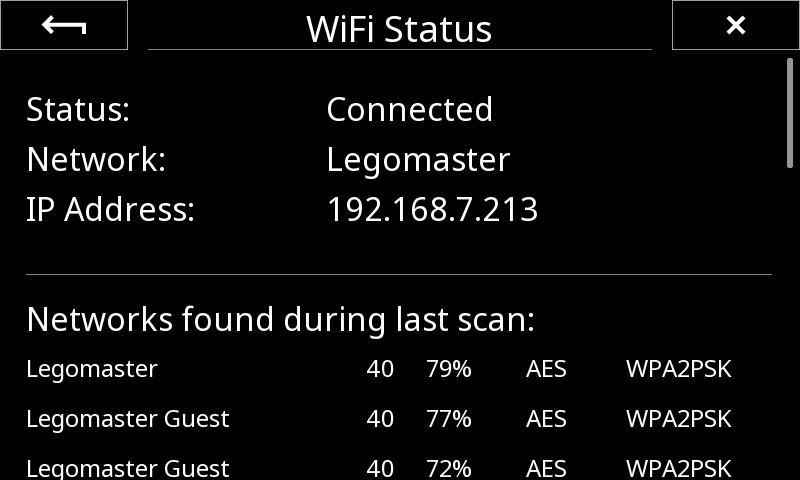
Images are imported into Capture One (C1) and may look a bit rough coming straight out of the camera. With a little bit of work in C1, you pull amazing details out of the file, reaching into the deepest shadows and pulling out detail and retaining detail in the highlights. With the other tools in C1, you can make the most amazing files you have ever seen.
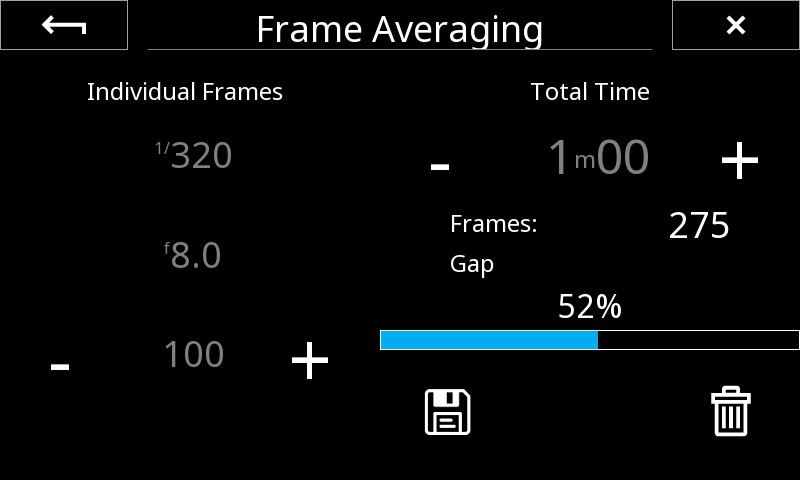
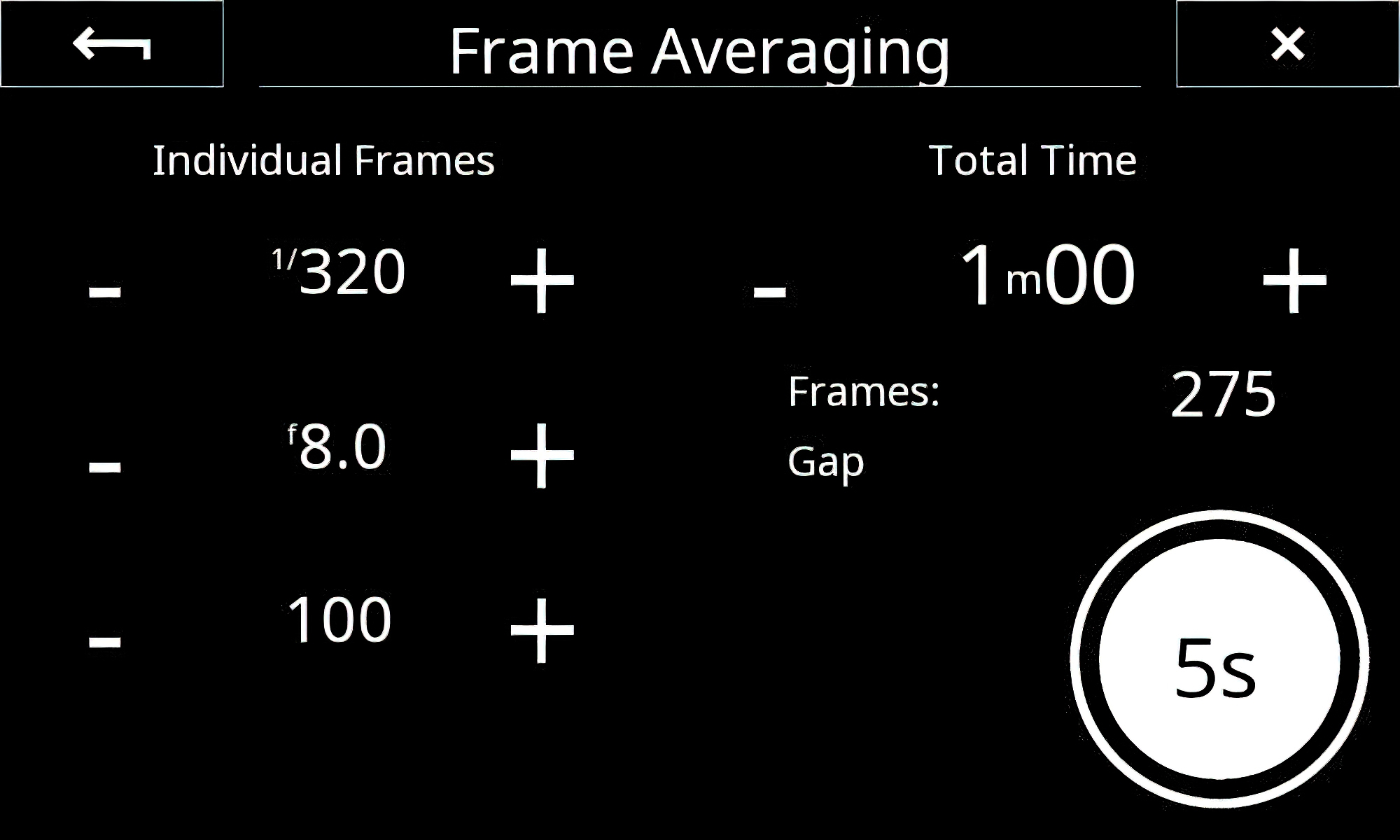
As many of you know, I have moved my workflow recently from Capture One to Lightroom. While Capture One is truly designed for Phase One files, they did work in Lightroom. Capture One has some special capabilities when working with Phase One files. Each Phase One camera has a calibration file that maps our dead pixels and other aspects of the sensor. Capture One reads that file when processing Phase One files, and Lightroom doesn’t do this. Most times, you will not see differences, but if you are going to buy a Phase One camera, it would be a wise choice to learn Capture One and get the most out of your Phase One files.
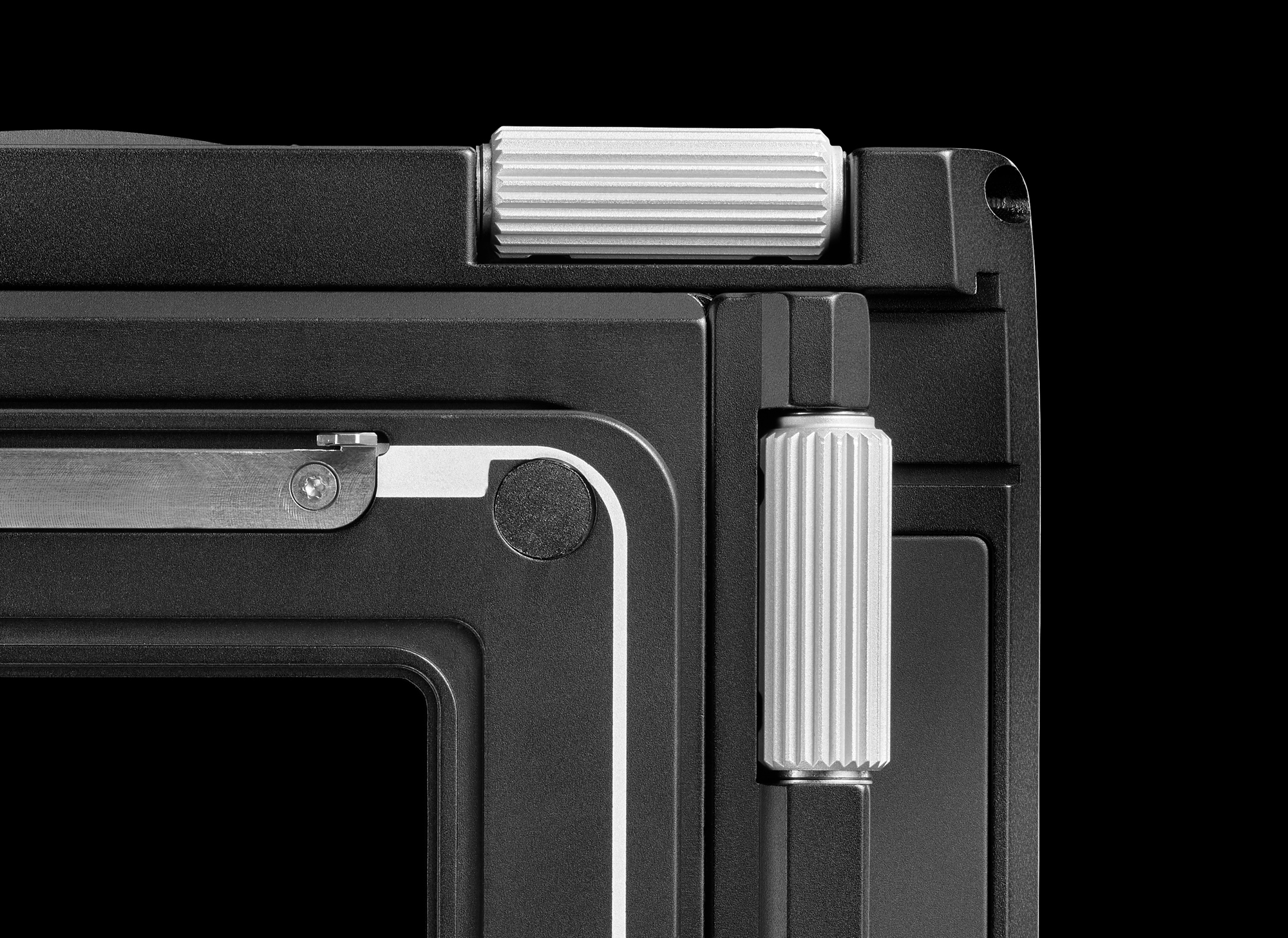
The XT camera also can shift the back sideways and up and down. I mention in the above video that this is a contemplative camera. A camera for the perfectionist and a photographer with the patience to fine tune the image until it’s just right.
The XT camera can be tethered to a computer, or better yet, with an iPad and Capture One for iPad. Now you can have a large screen to work with rather than the smaller screen on the back of the digital back.
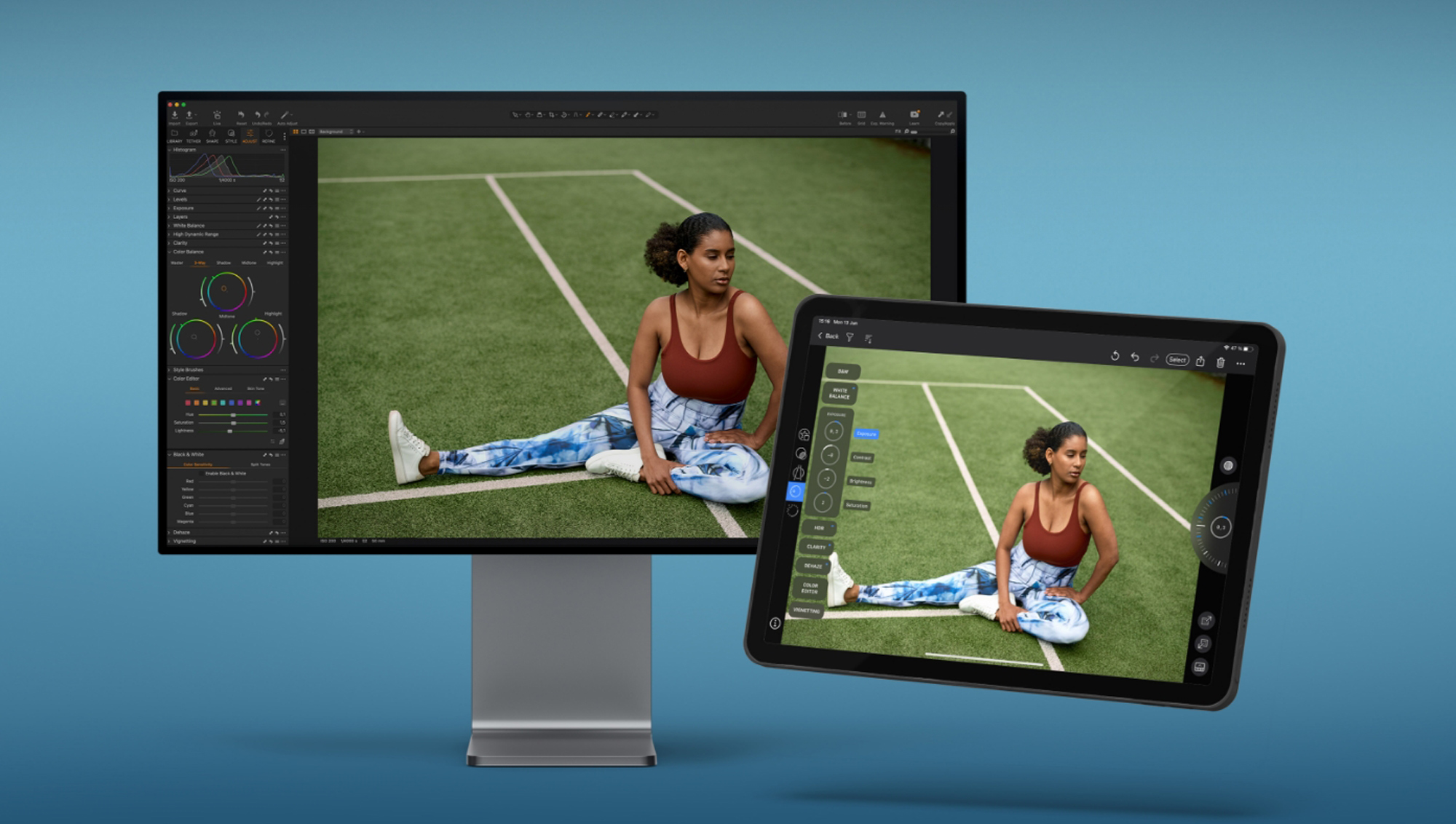
This camera does have a feature that I really like, Frame Averaging. This is a brilliant feature. In short, it is allows you to do long exposures without a neutral density filter. You decide how long you want the exposure to last, and you set the f/stop and time. The camera then shows you how many exposures it will do and the shutter speed for doing these. After the time exposure is done, the camera then merges the frames together in camera and delivers you a RAW file. I use this feature to get those fluffy moving clouds, as well as getting rid of traffic on a busy highway. Check out a separate article I wrote on Frame Averaging Magic. I also like the heat mapping feature for Exposure. This feature shows you the zone system exposure in different colors.
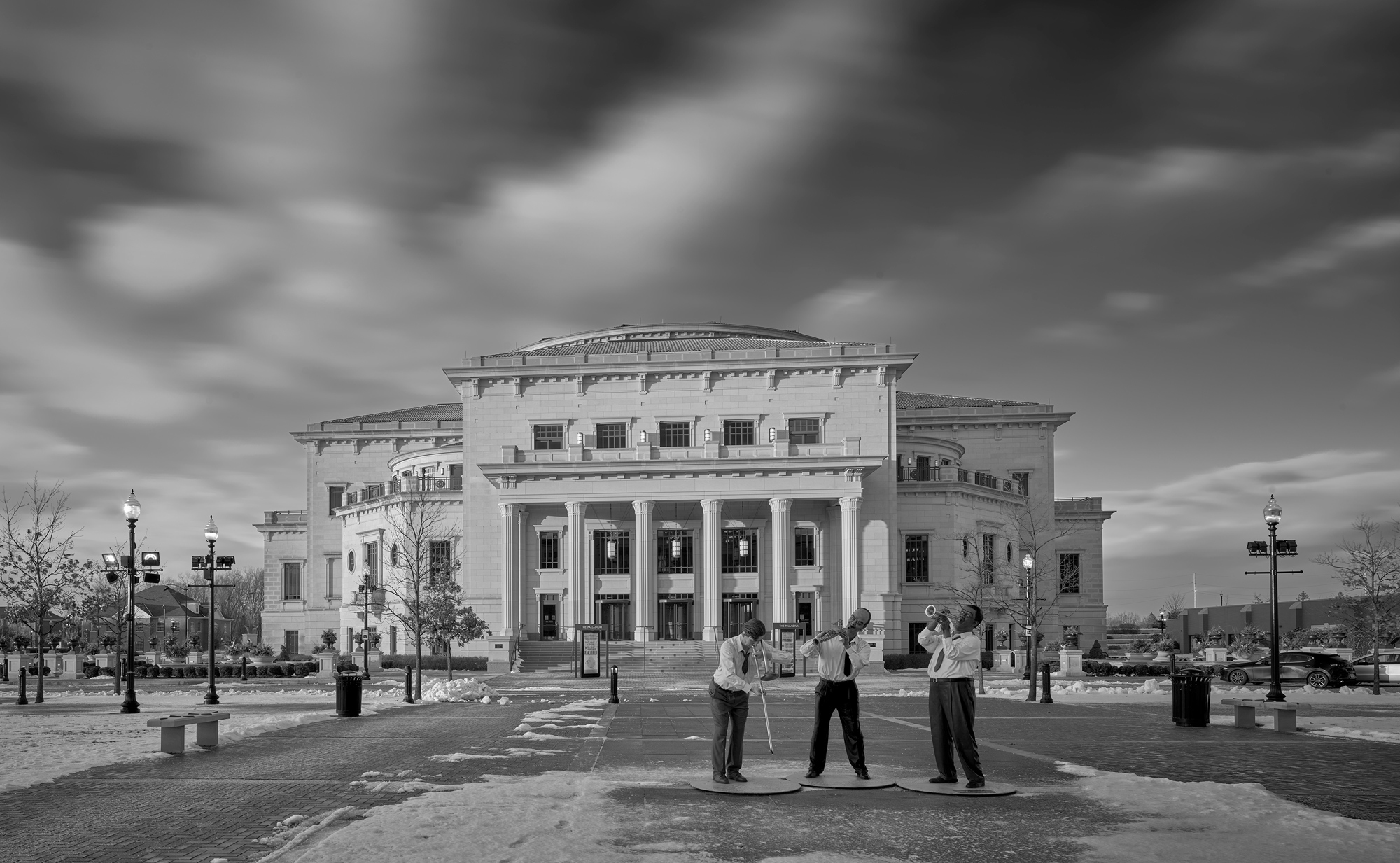
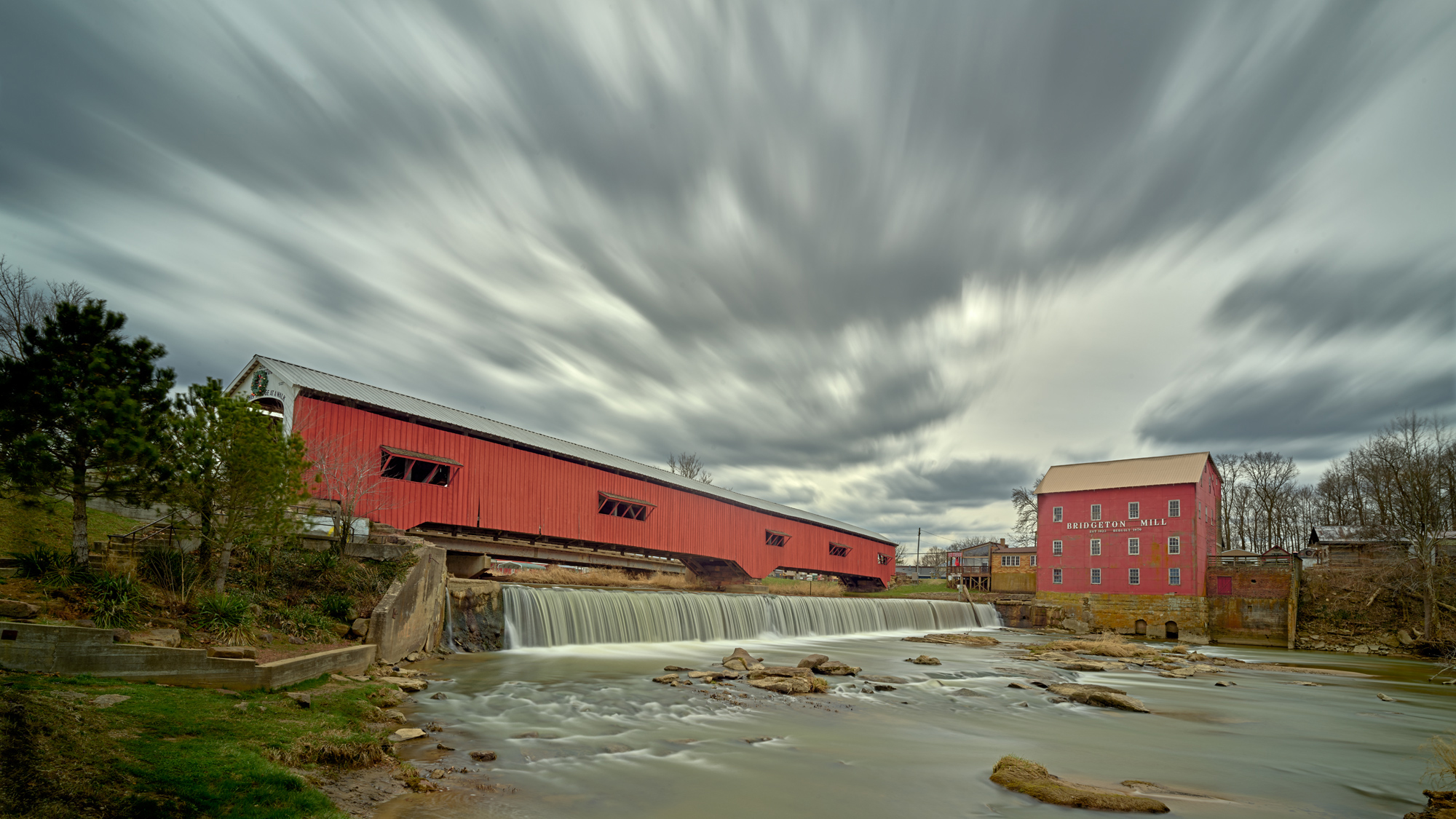
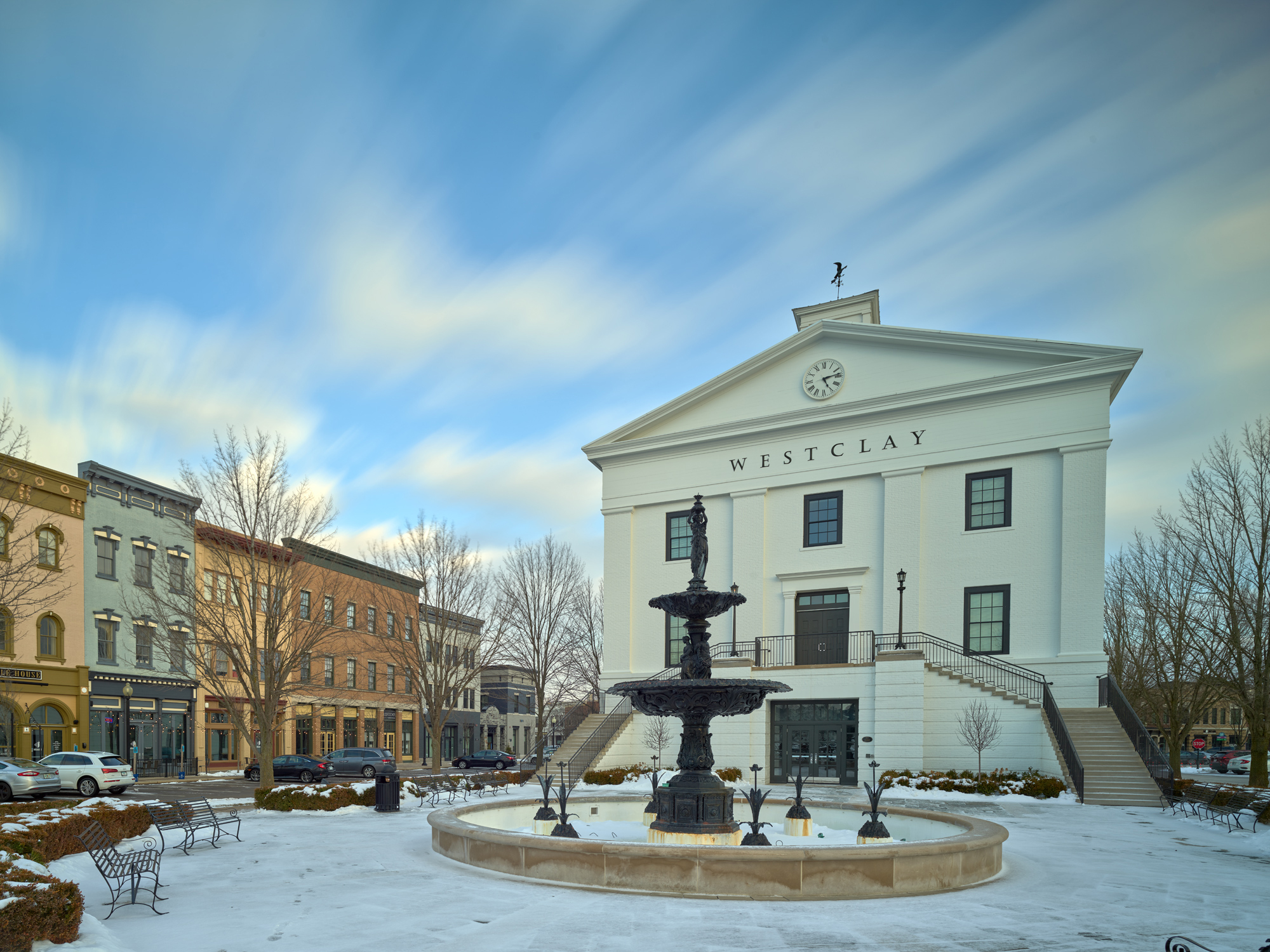
There is also an extra dynamic range exposure feature, which is essentially a built in ETTR (expose to the right). The camera does two exposures and blends them to give you a wider dynamic range and to push the histogram to the right.
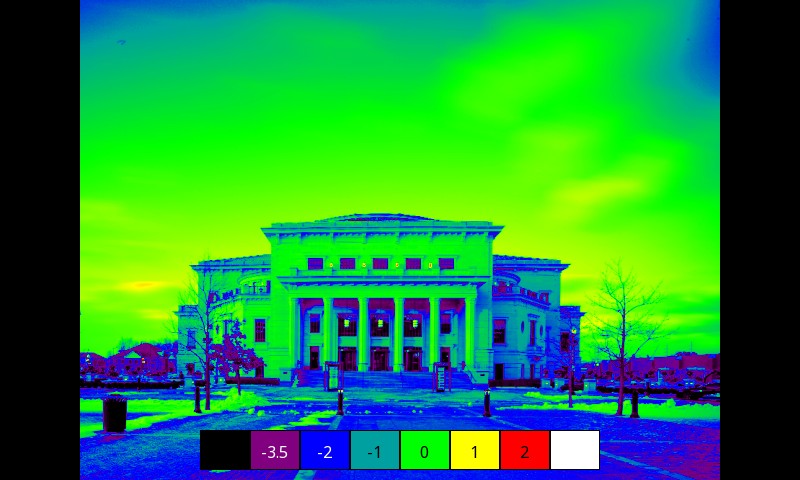
I always wonder why features like these aren’t in the general consumer market cameras. There are some apps on the iPhone that can deliver some of these same features.
Pricing And Accessories
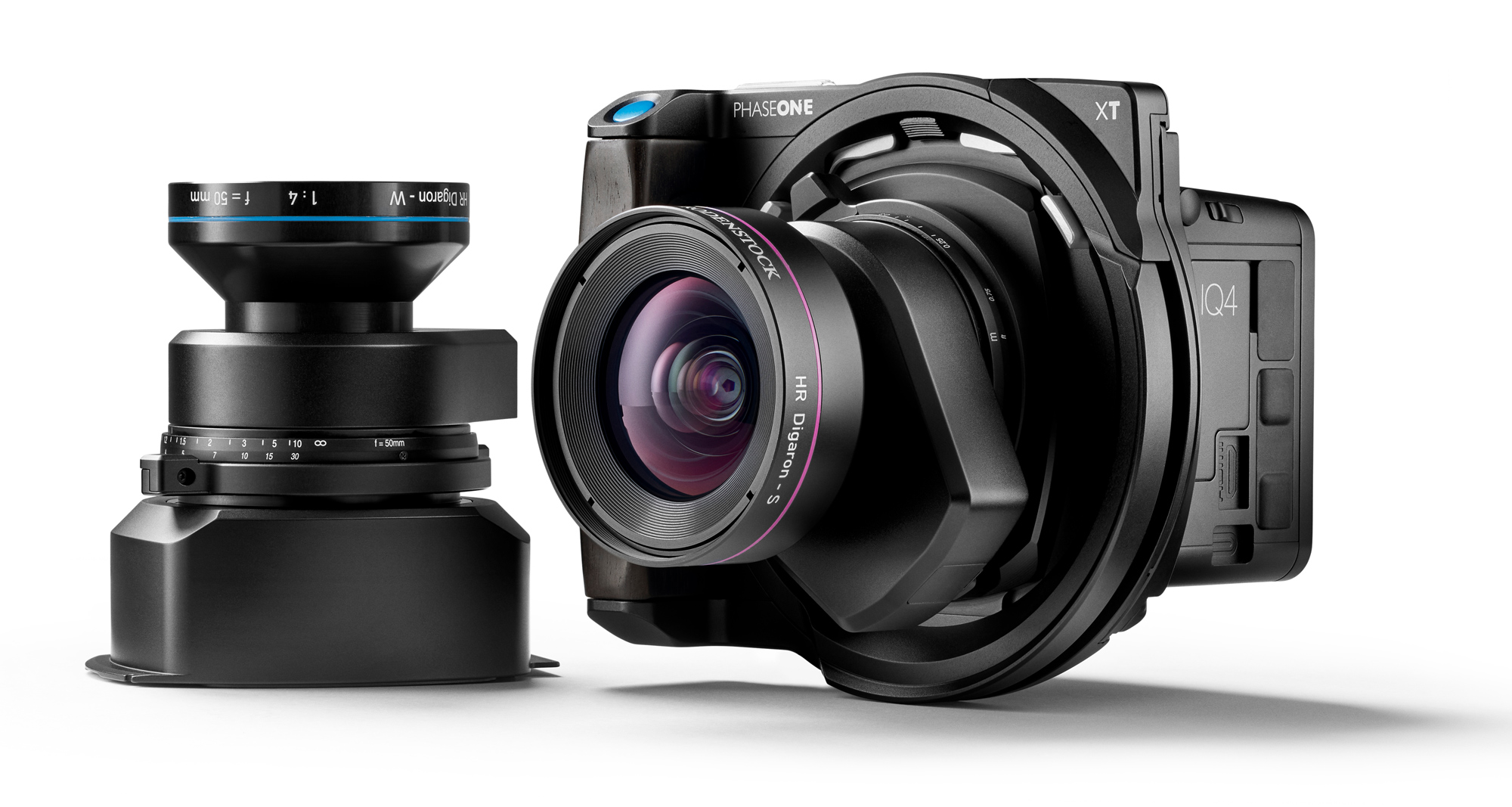
Below are the list prices for the Phase One XT Camera system. These are suggested prices, and I would highly recommend you get in touch with a local dealer to learn more about these amazing camera systems. I want to thank Lance Schad at Digital Transitions who was a big help with getting information and some accessories that I used while doing this article.
A list of all USA Phase One dealers can be found HERE.
Phase One XT & Accessories Pricing
Phase One IQ4-150 Back with 5 Year Value Added Warranty $42,990.00
Phase One XT & Accessories Pricing
XT Camera Body $7,760.00
XT – Rodenstock HR Digaron – S 23mm f/5,6 $11,990.00
XT – Rodenstock HR Digaron – W 32mm f/4 $11,990.00
XT – Rodenstock HR Digaron – Tilt 40mm f/4 $11,990.00
XT – Rodenstock HR Digaron – W 50mm f/4 $11,990.00
XT – Rodenstock HR Digaron – W 70mm f/5,6 $8,990.00
XT – Rodenstock HR Digaron – W 90mm f/5.6 $12,990.00
XT-Compendium for XT with 1 filter slot $730.00
DT LCD Shade for IQ Series $229.00
DT Dovetail with Compendium Mount for the Phase One XT $329.00
Accessory Cold Shoe Holder with 2-point fixation (mounts on side of XT or below in conjunction with the DT Compendium Mount ) $105.00
Final Thoughts
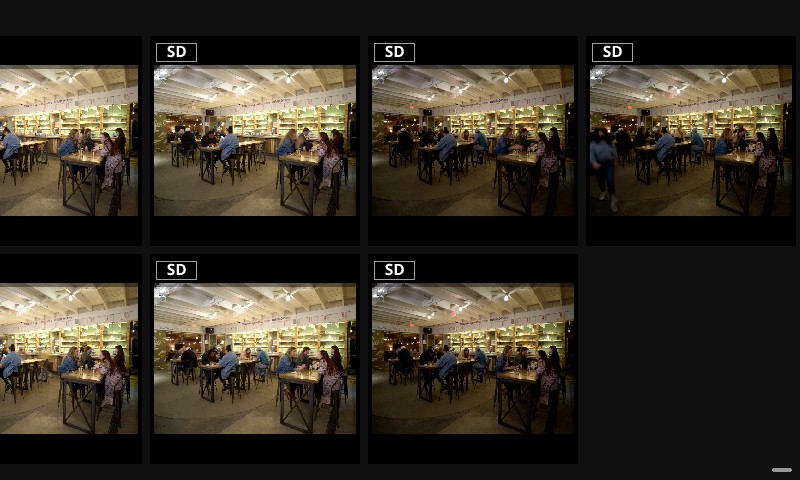
Many people would ask why use a Phase One? Who needs a 150mp file? Who wants a camera without Image Stabilization, Auto-Focus, Auto-Exposure? Who wants a camera with a viewfinder? And, of course, who wants a camera that costs nearly $100,000 for a complete system with lenses? These are good questions that I ask all the time.
There is an audience, though. There is a niche group of photographers who like the kind of photography that uses a Phase One XT system demands. I am always surprised how many people that attend my workshops bring a Phase One XT camera on a workshop. There are a lot of photographers that truly love a contemplative approach to photography. They embrace the work that is needed to make a photograph and have patience that many of us don’t. I’m sure some photographers you admire have produced their images on a Phase One camera.
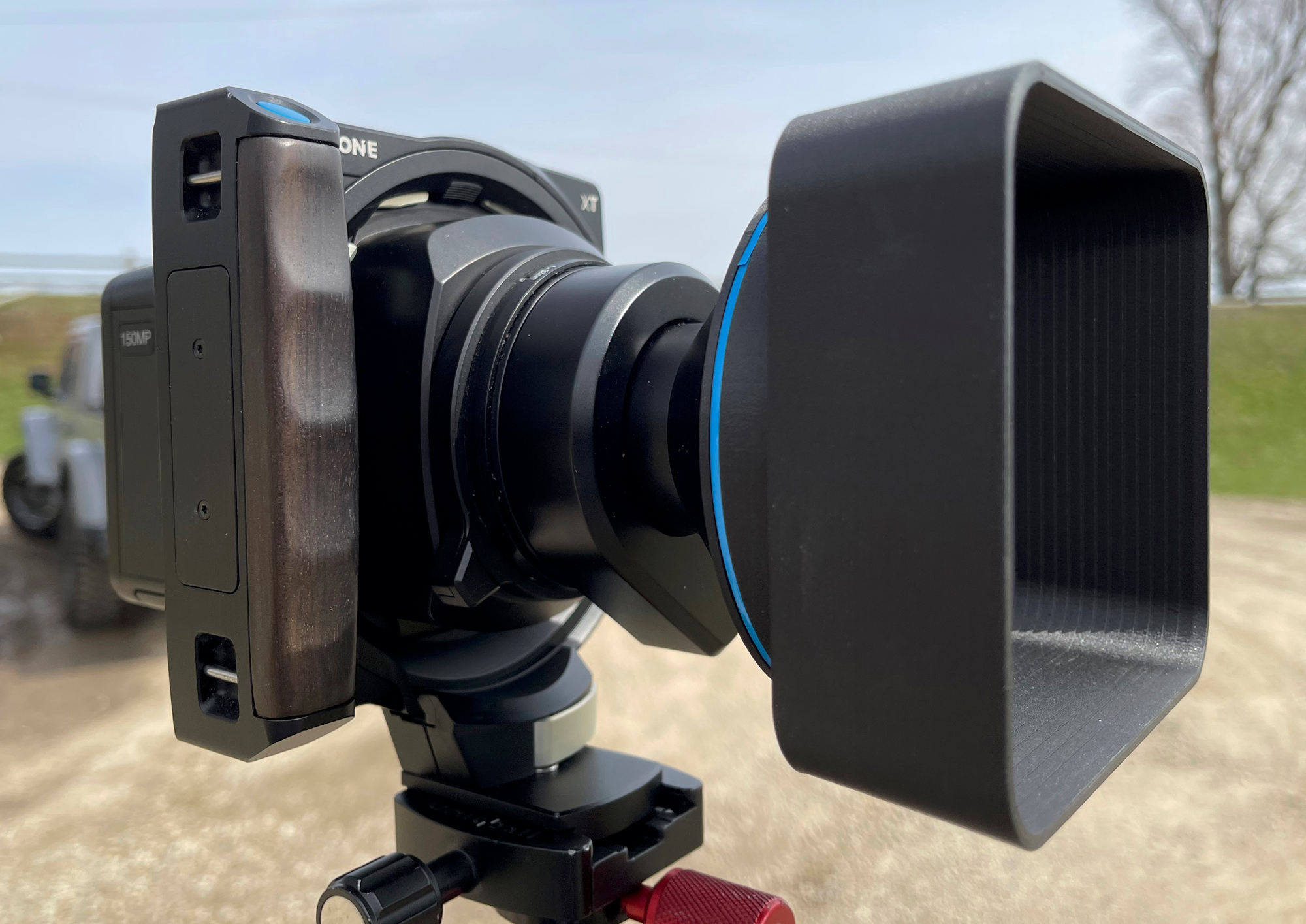
Keep in mind that the camera has to be on a tripod, and you need to find the spot from where you want to make the photo. Then you need to focus, figure out the best exposure, as well as choosing the right lens for the composition. Then, when you import the image, you will have to fine tune the image with Capture One. The results, though, are unlike any you will get from any other camera.
Phase One today is a different company than it was ten years ago. I am asked how does Phase One stay in business when they sell such expensive cameras? The company has done some brilliant moves over the last few years.
A huge part of their business now lies in Cultural Heritage and Geospatial .
Cultural Heritage involves camera and workflow systems for institutions doing archival work. Museums and universities use this system to digitally archive their immense collections. The system Phase One has designed is meant to speed up workflow in this large market segment. Check out the link as it is very interesting.
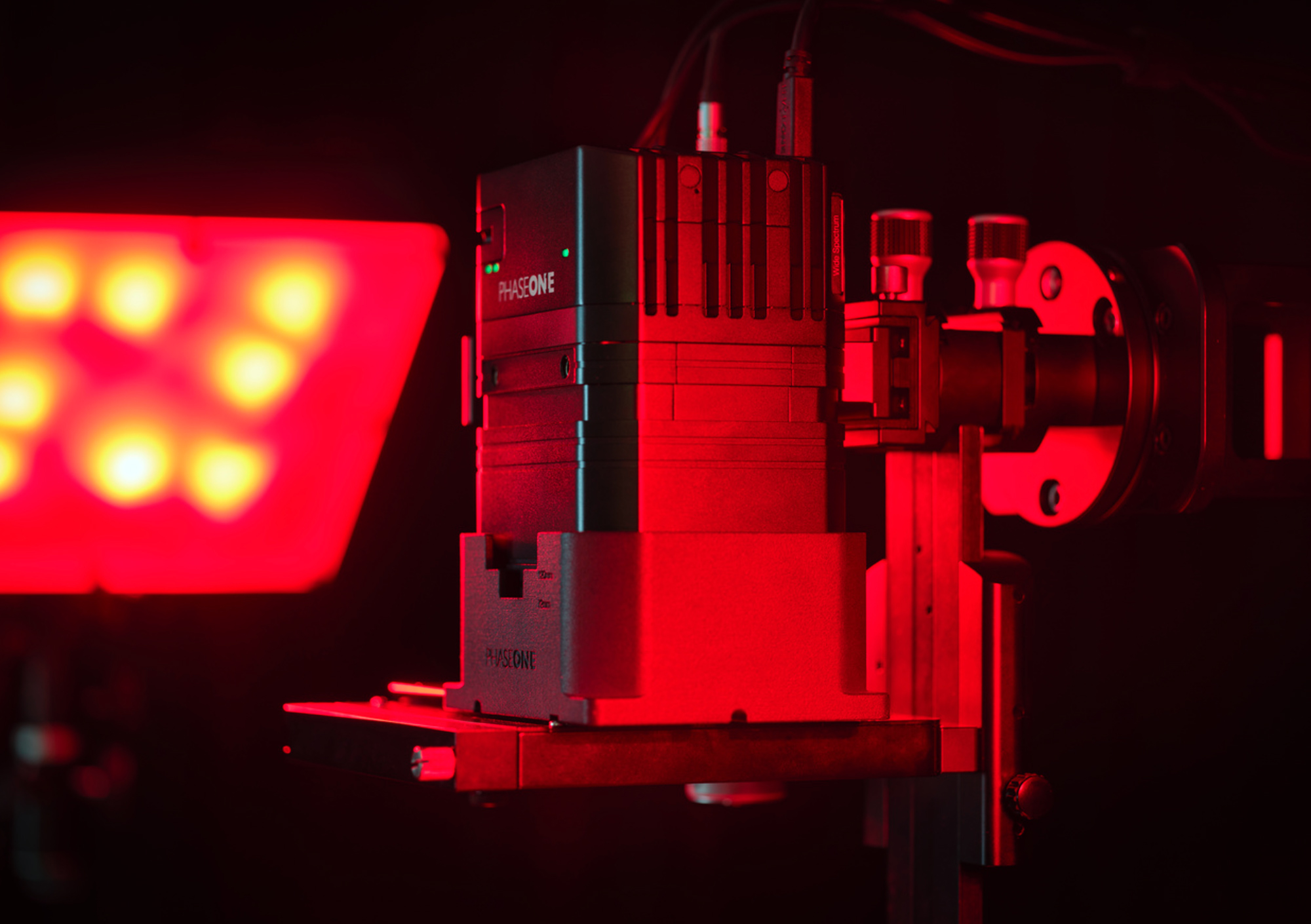
Geospatial is capturing high resolution aerial images using planes and drones. The work that Phase One is doing in this segment is huge. Take a look at their PAGE regarding this. The camera systems they have built for mapping and drone work is the best out there.
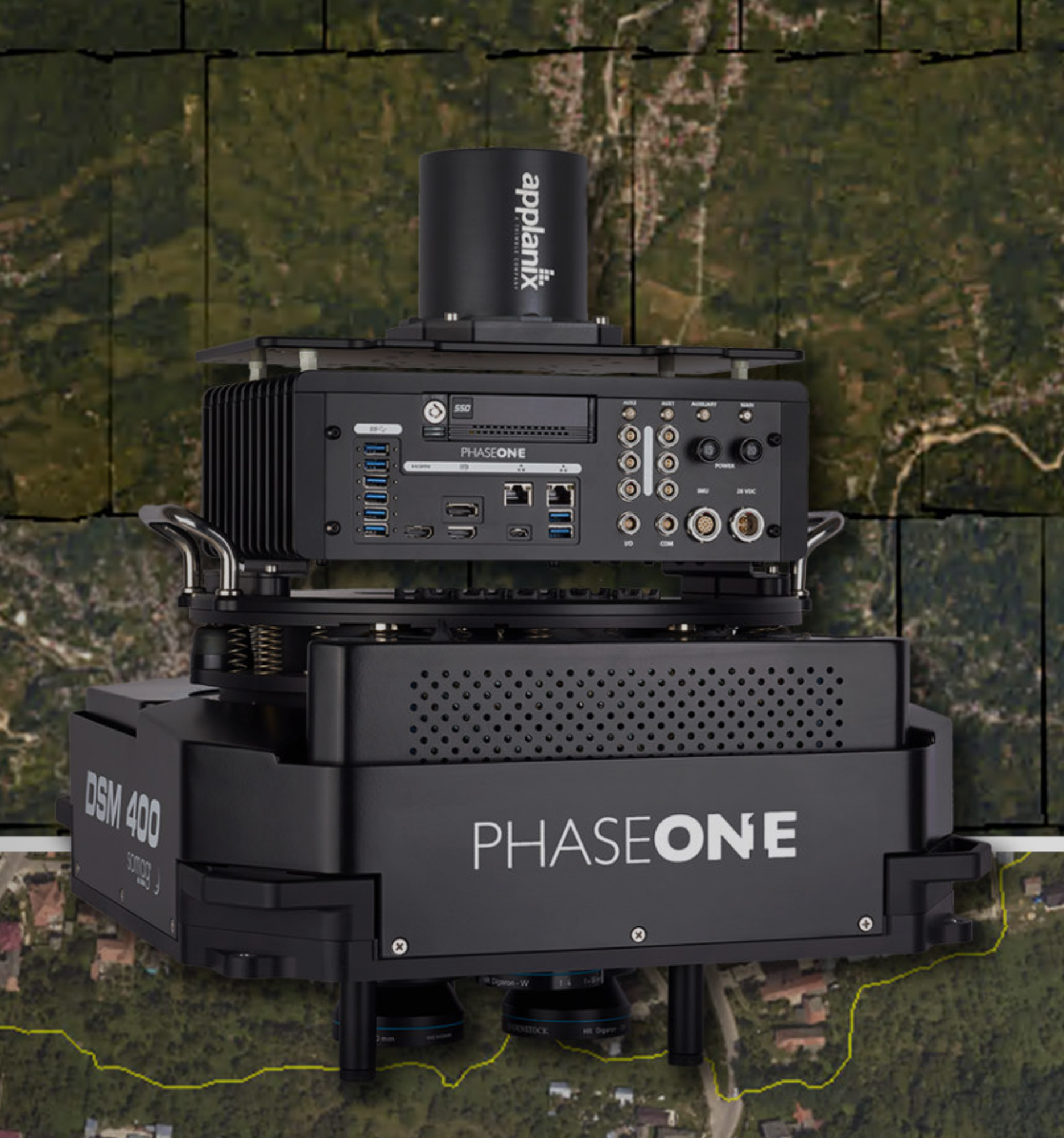
Then, there is Capture One the RAW image processing application that Phase One originally created for their digital backs. This segment of Phase One has broken off into their own division and now offers mobile and MAC and PC applications. Many claim that Capture One is the best RAW processor available and there are many professionals that swear by this software.
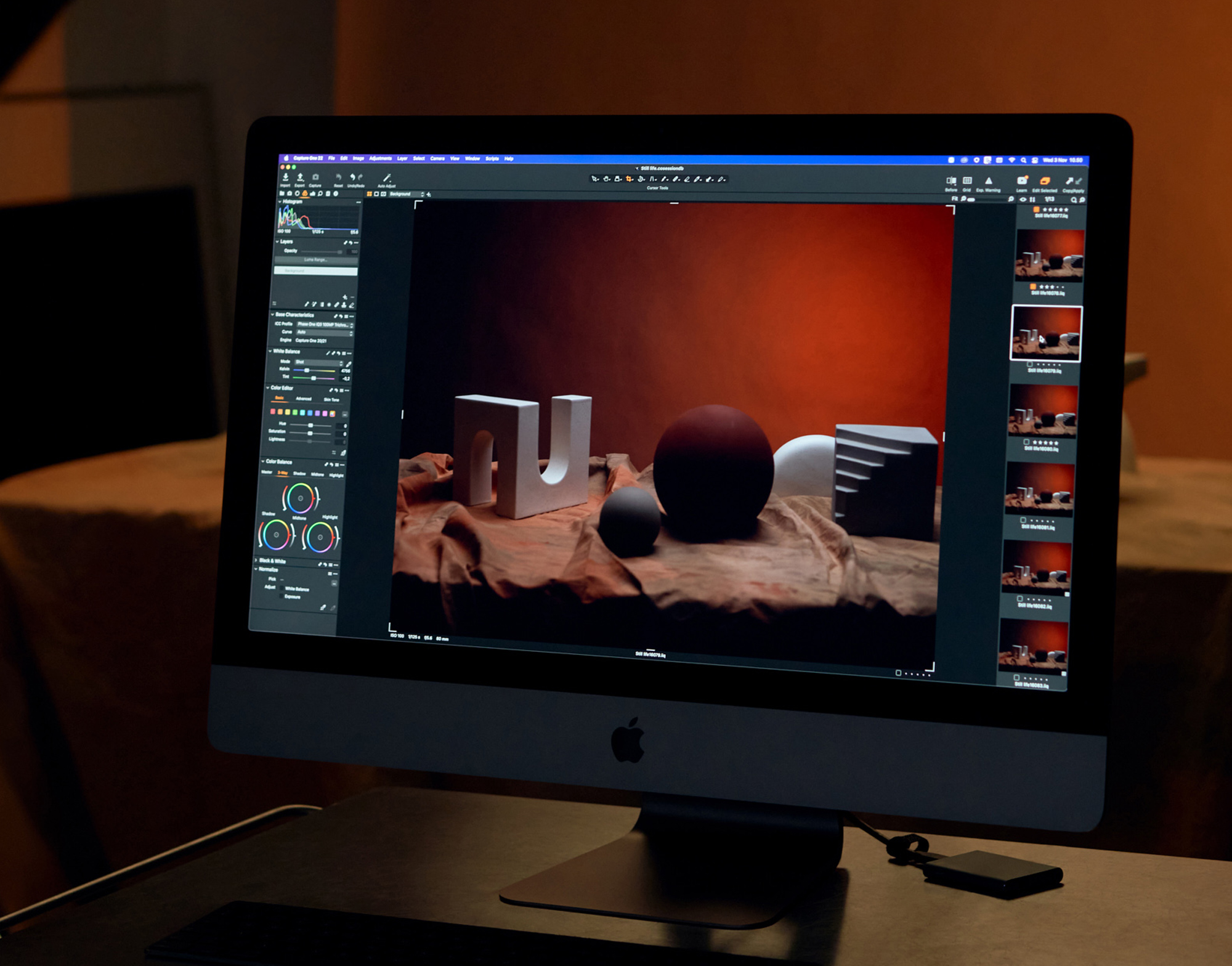
The Phase One XT camera system is not for everyone. It is an incredible piece of engineering, delivering some incredible image files with the highest image quality available. It’s a camera for the digital artist and discerning photographer wishing to get the maximum image quality available today. There are plenty of more affordable cameras out there and that’s fine. But in the end, nothing comes close to what is achieved with a Phase One XT150.
Please visit the Phase One website and contact a local dealer (links above) to learn more about how this camera system can change your photography.
Kevin Raber
August 2023
Indianapolis, IN
Photography is my passion and has been for 50 plus years. My career in photography has allowed me to travel the world, meet some of the most interesting people on the planet and see things I could never have dreamed of. My goal is to share the passion of picture taking through photographs and teaching with as many people as I can, hoping it brings them as much joy and happiness as it has me. I do this through photoPXL.com, this site, as well as Rockhopper Workshops, and other projects, as well as teaching as Artist In Residence at the Indianapolis Art Center.






